We’re lining things up for a relaxed stint in the shaping room at G&S/Custom Surf Glass. There may be an opening or two, so holler at me.

We’re lining things up for a relaxed stint in the shaping room at G&S/Custom Surf Glass. There may be an opening or two, so holler at me.

Well the Feb/Mar trip was really good. Completed all my orders, and few for Bird’s Surf Shed. Special thanks to the Gordons and the amazing crew at Custom Surf Glass/G&S for making me look good. Also thanks to Bird’s Surf Shed, Stunning Foil, Greg Surf Company, Mitsven, and everyone else who continue to have faith in my shapes, and make it all possible.
We also got a good start on making our little vessel Wren our own. So more frequent trips are in the offing.
Looking forward to our next trip, likely May/June. I’ve got my order list started already, and also have lined up with Fins Unlimited to have fins produced.
Hope to see you in the lineup…
#mastsurfboards #mastskateboards #hillbillyhobo
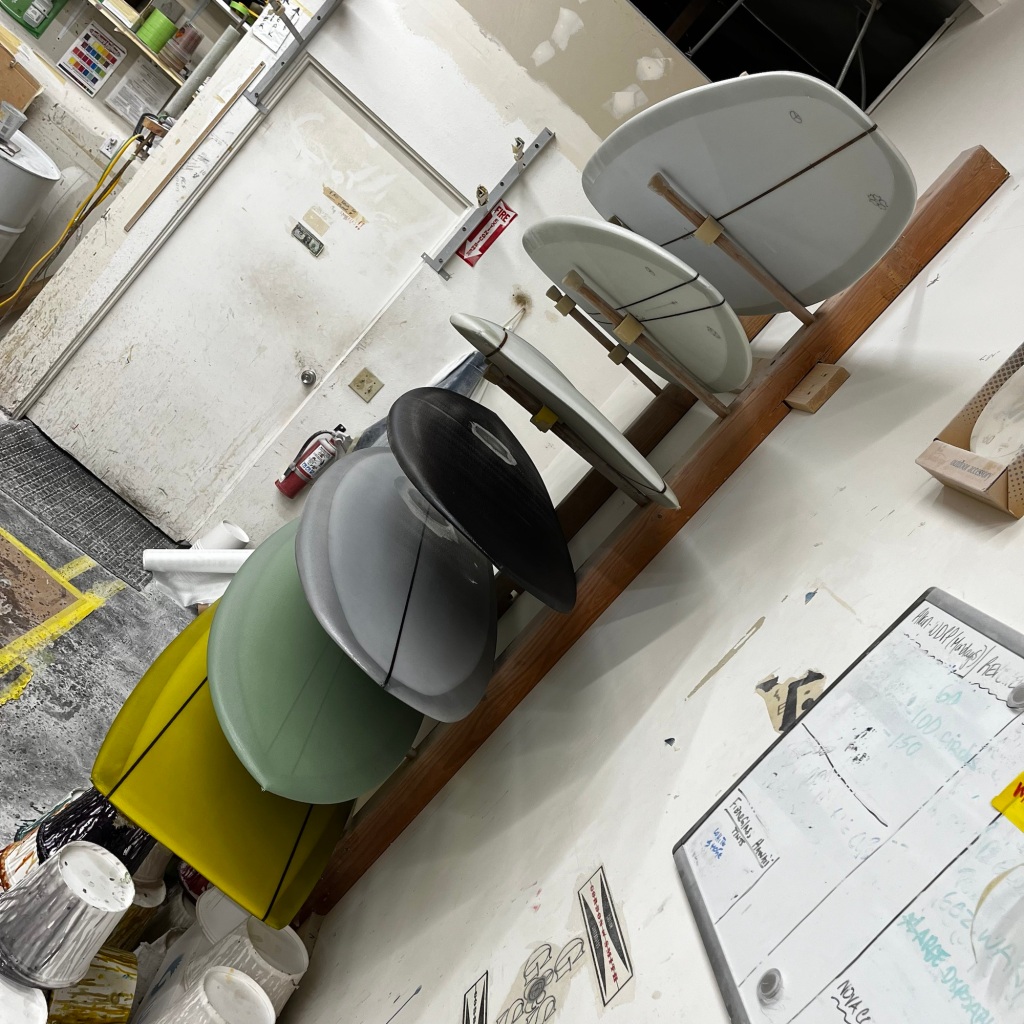
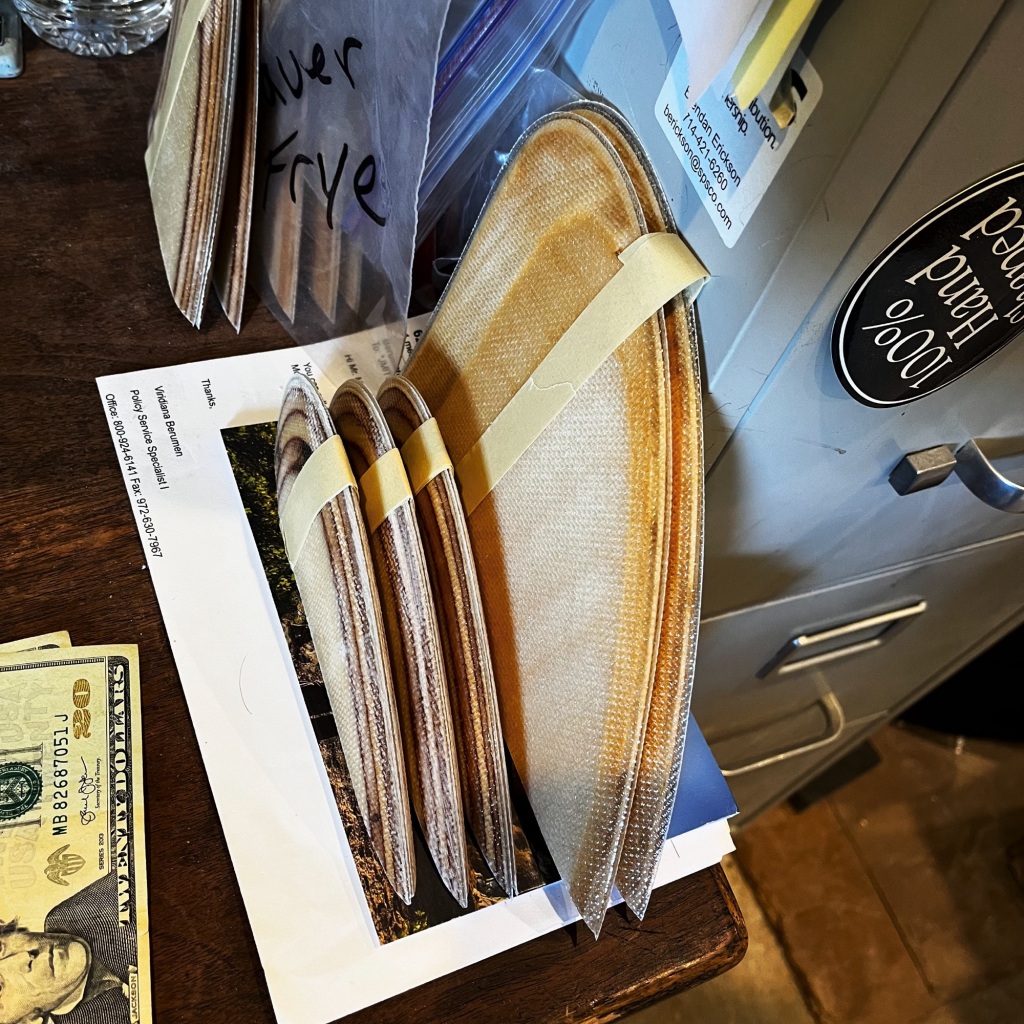
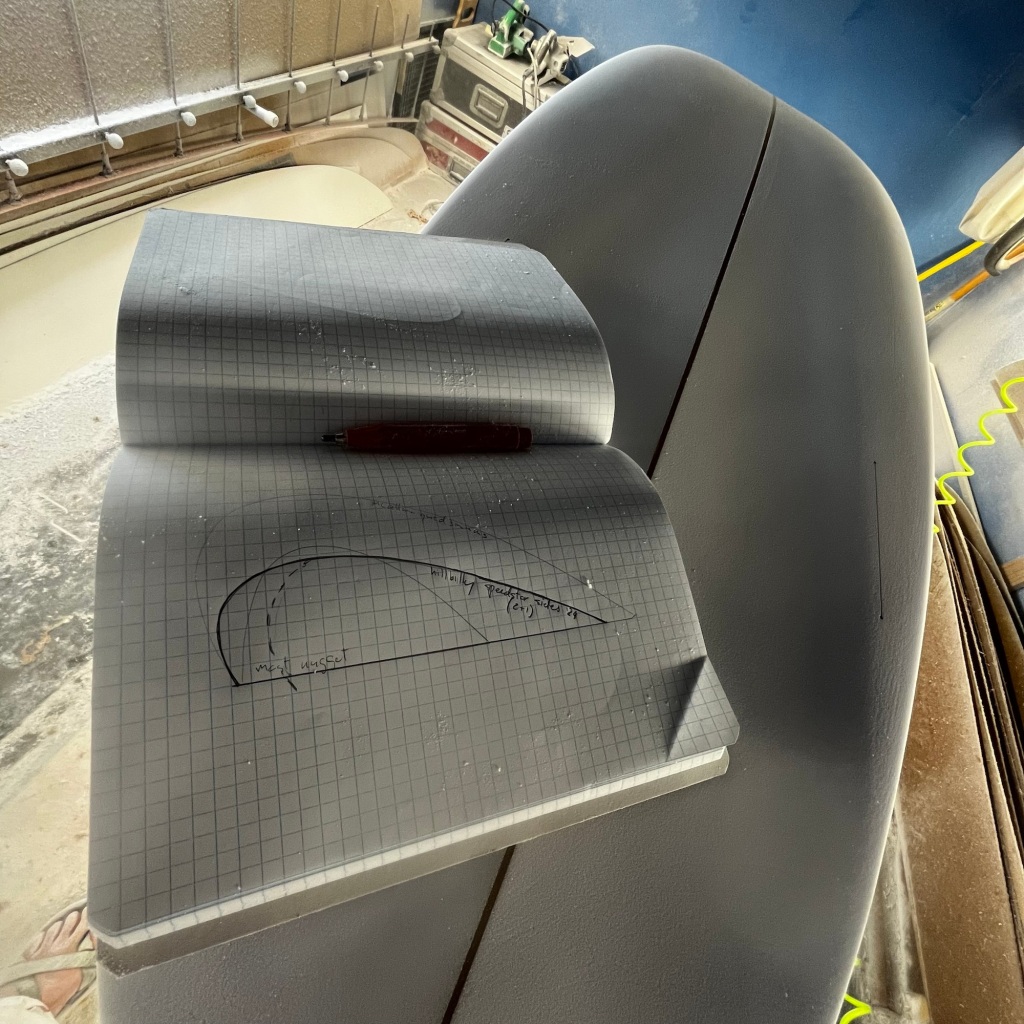
Well things are shaping up for February and March. Boards from my fall ‘23 trip are all complete, and heading to their respective shops. In February I should have the time to shape for local stock and do customs for some folks. Please message me if you would like to be on the list.
I have also been making some hand shaped sidewalk surfers during my time here in the Midwest. These little suckers take some real time to produce, but sourcing local hardwood and shaping them has given me something rewarding to pursue while here, and skating them around the neighborhood does an old skater’s soul good. All of them so far are spoken for, but hopefully I’ll get a few more together soon.
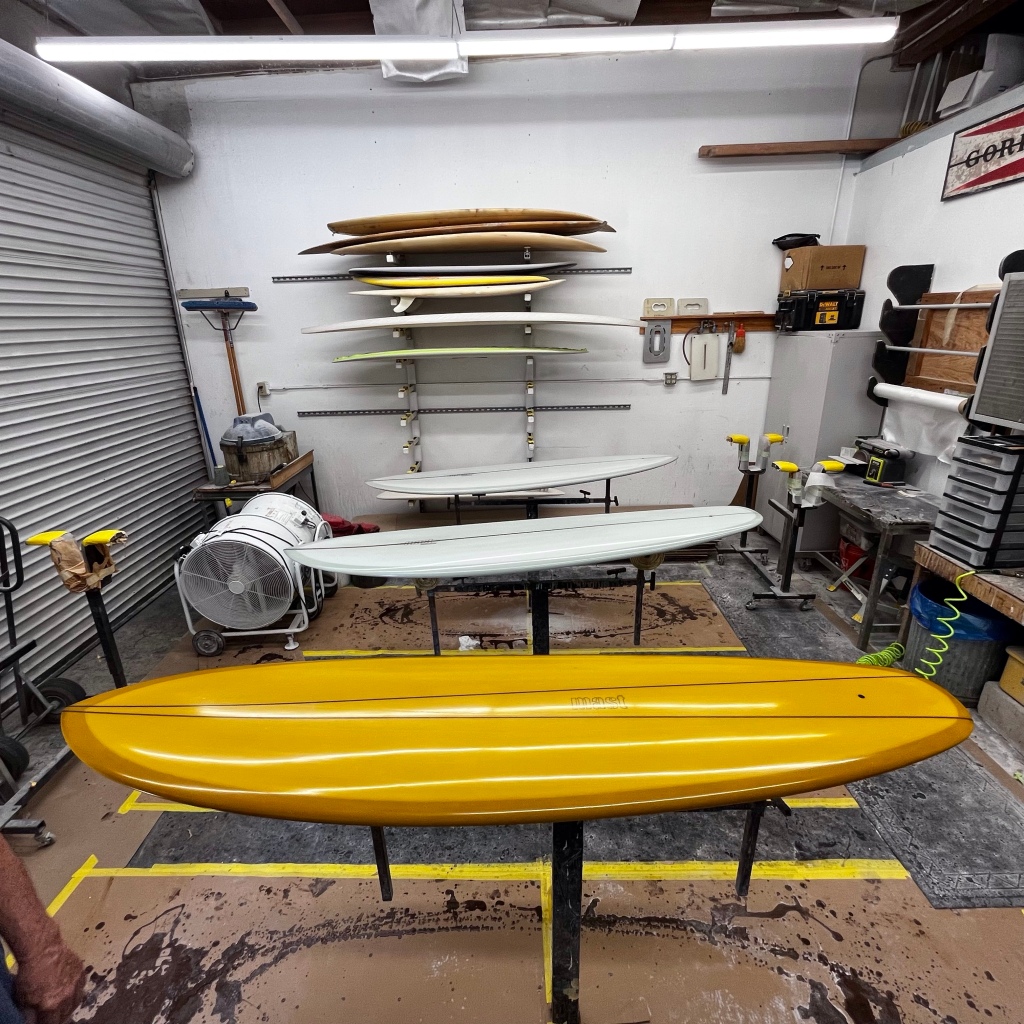
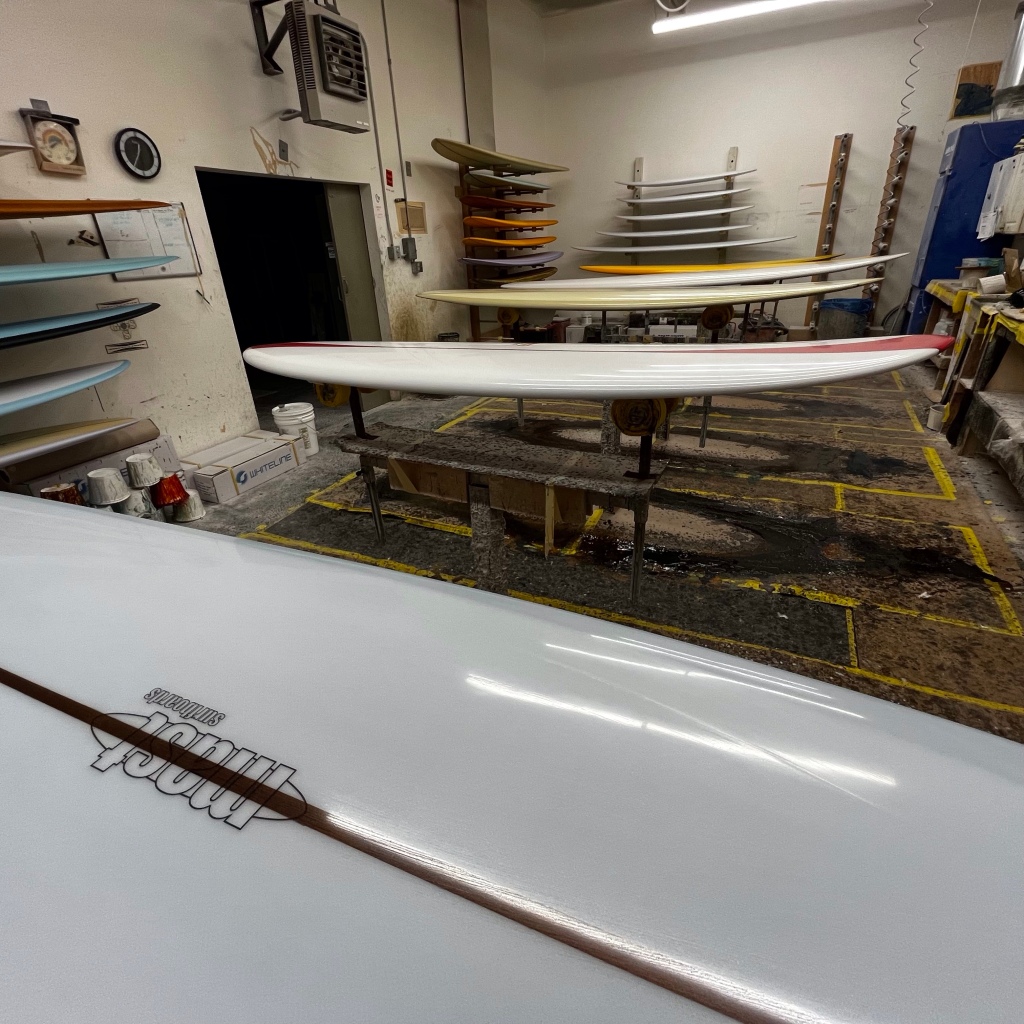
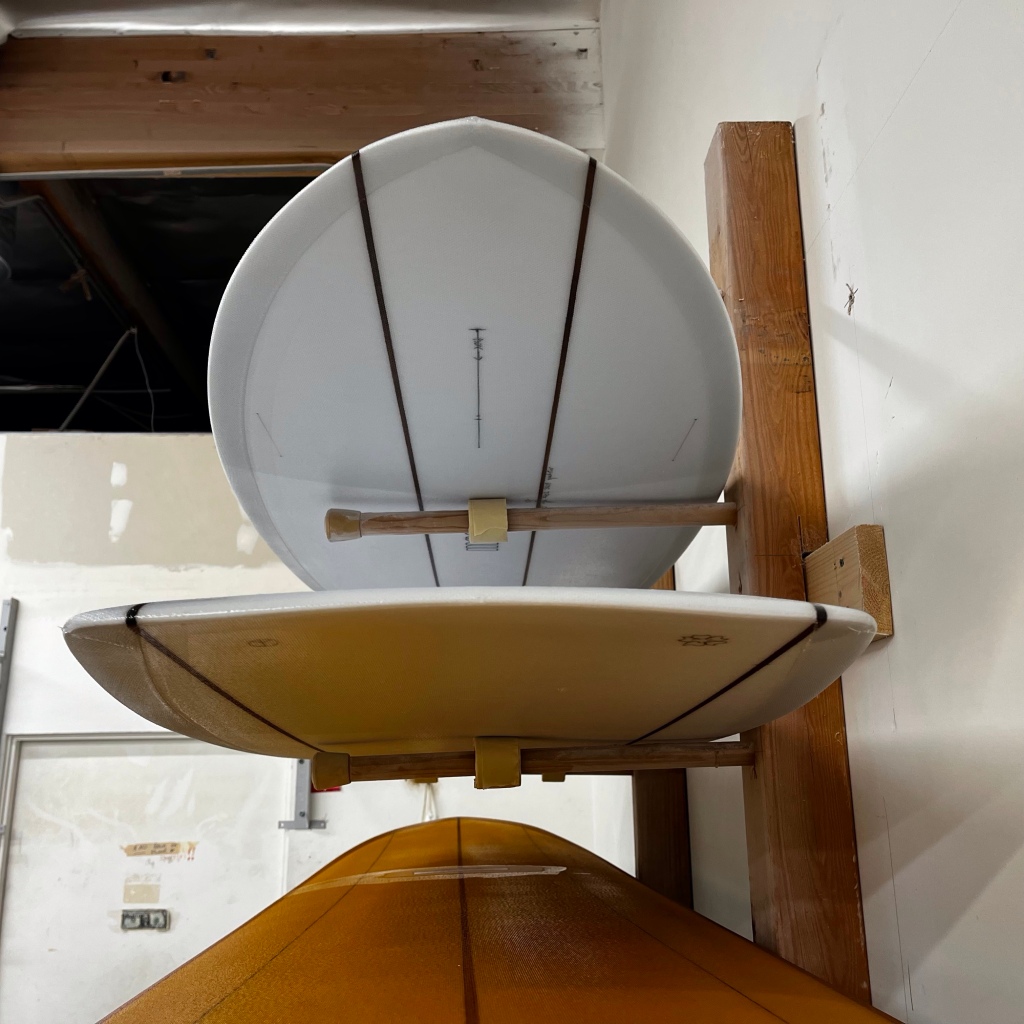
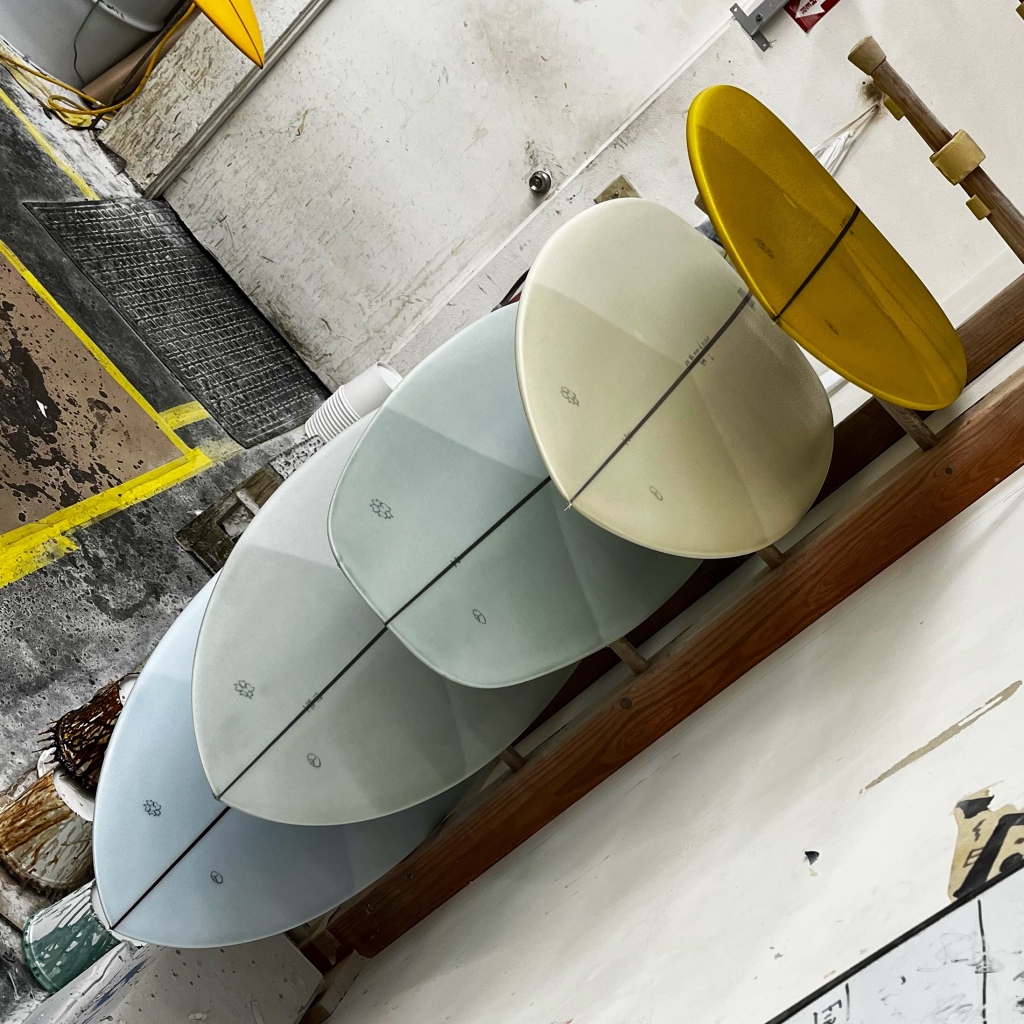
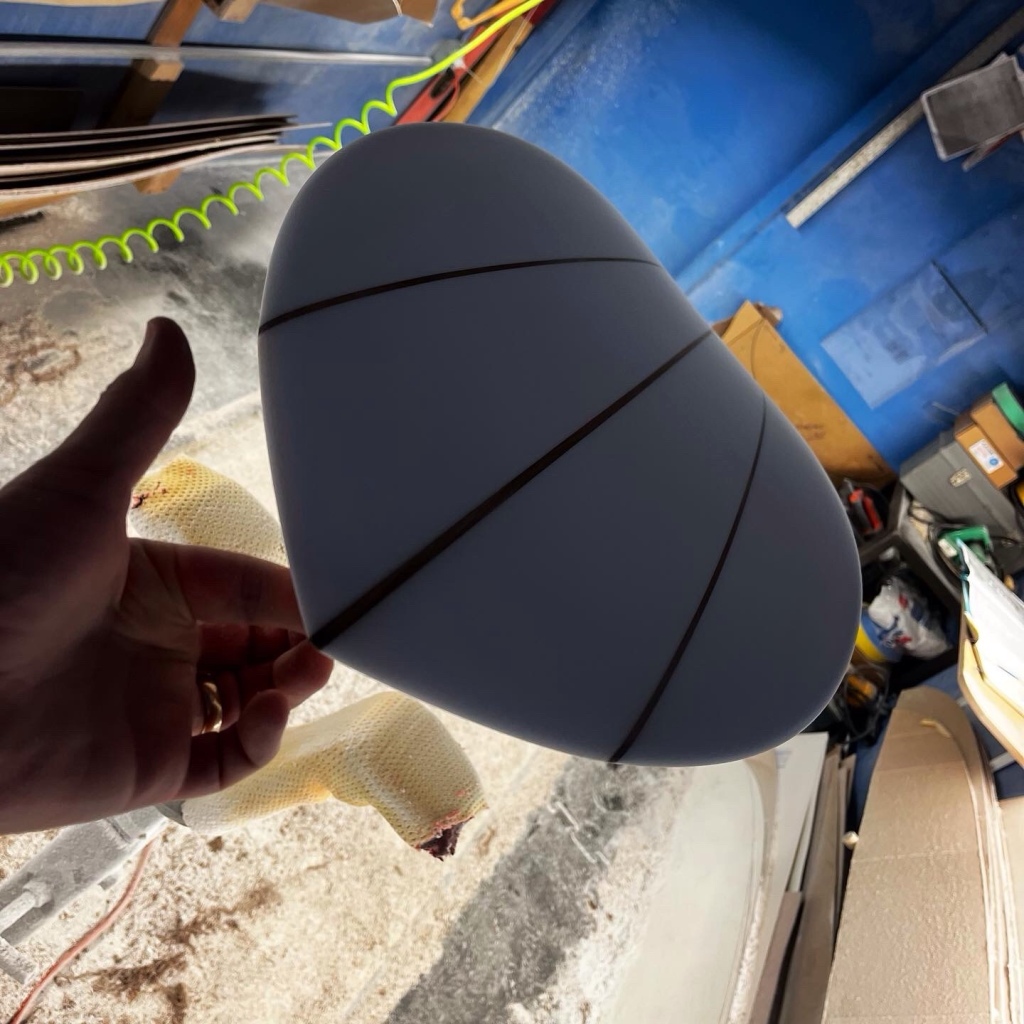
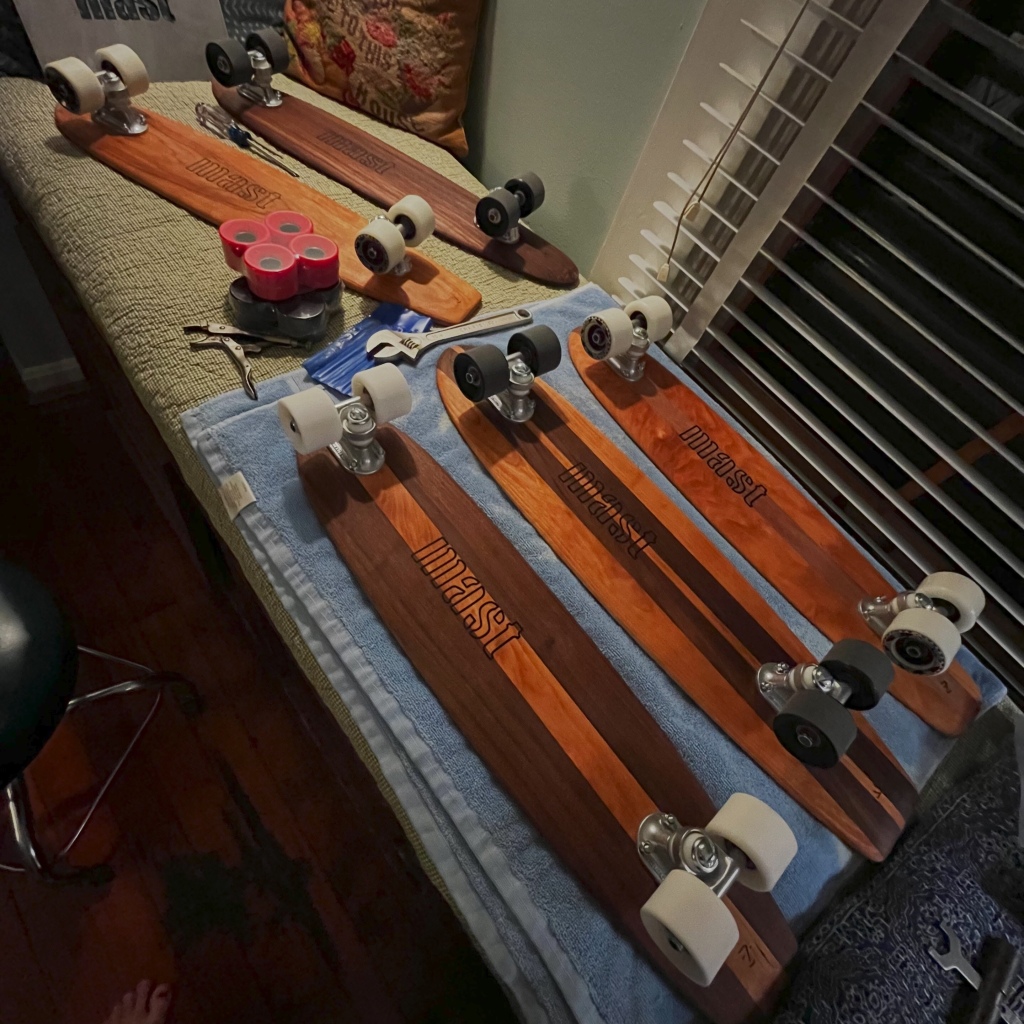
#customsurfglass #birdssurfshed #gregsurfcompany #stunningfoil #siedwalksurfer #sandiegohandshaper #handshapedskateboard #mastsurfboards #hullsurfboard #hillbillyhull #HPH
Beach or mountains? Which do you prefer? Why?
Both! My wife Karen and I have spent years massaging our life to include time in both the mountains and the beach. While not exactly the yin and yang of geography, each provides different nourishment for our souls and bodies. Admittedly, Karen favors the mountains to some extent, myself the beach, but we both would hate to have to choose one or the other, and each of us could likely be happy in either. But why choose when you don’t have to. Our modified hobo existence allows for both! And just as importantly, we are blessed with a solid home base to return to when we just need to settle in, and be able to walk to our favorite coffee shop, do some baking or herbal magic for friends, and get to our yoga classes at the Y. Fortunate indeed
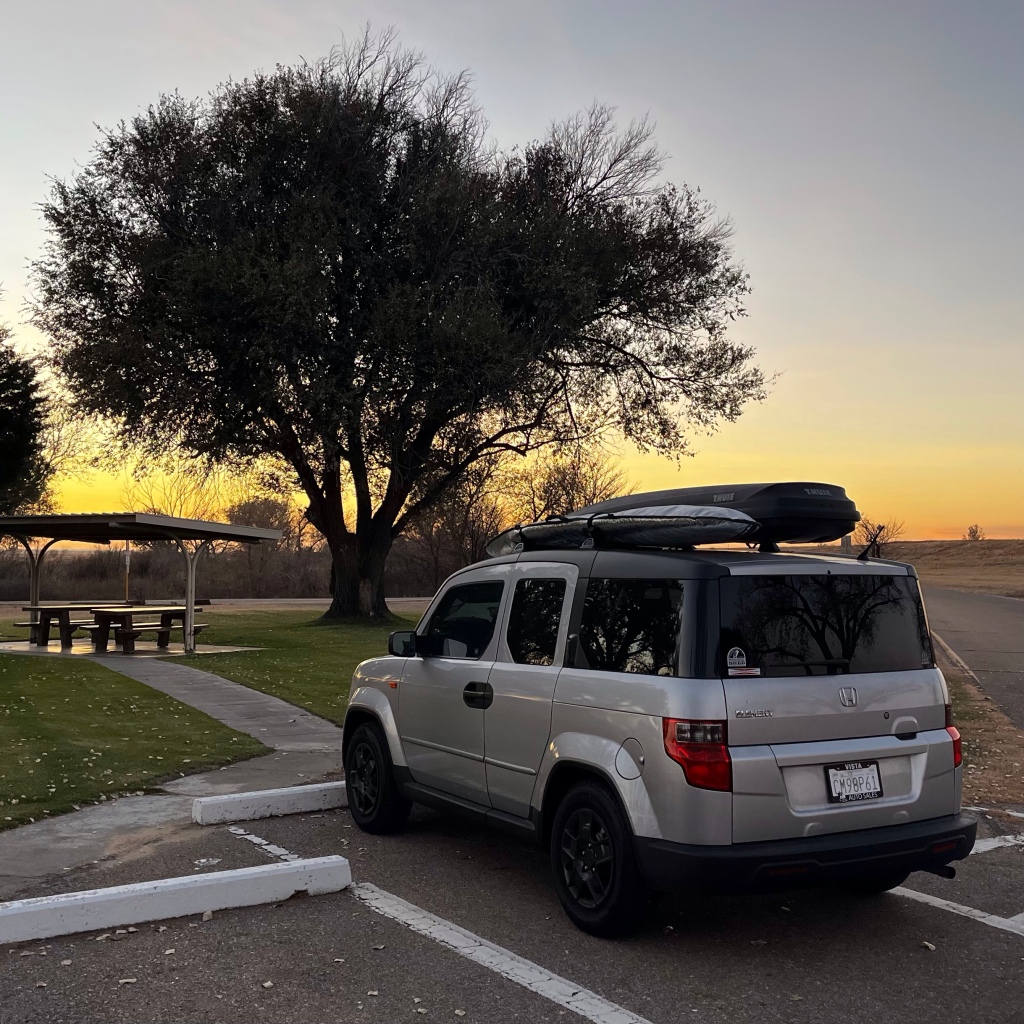
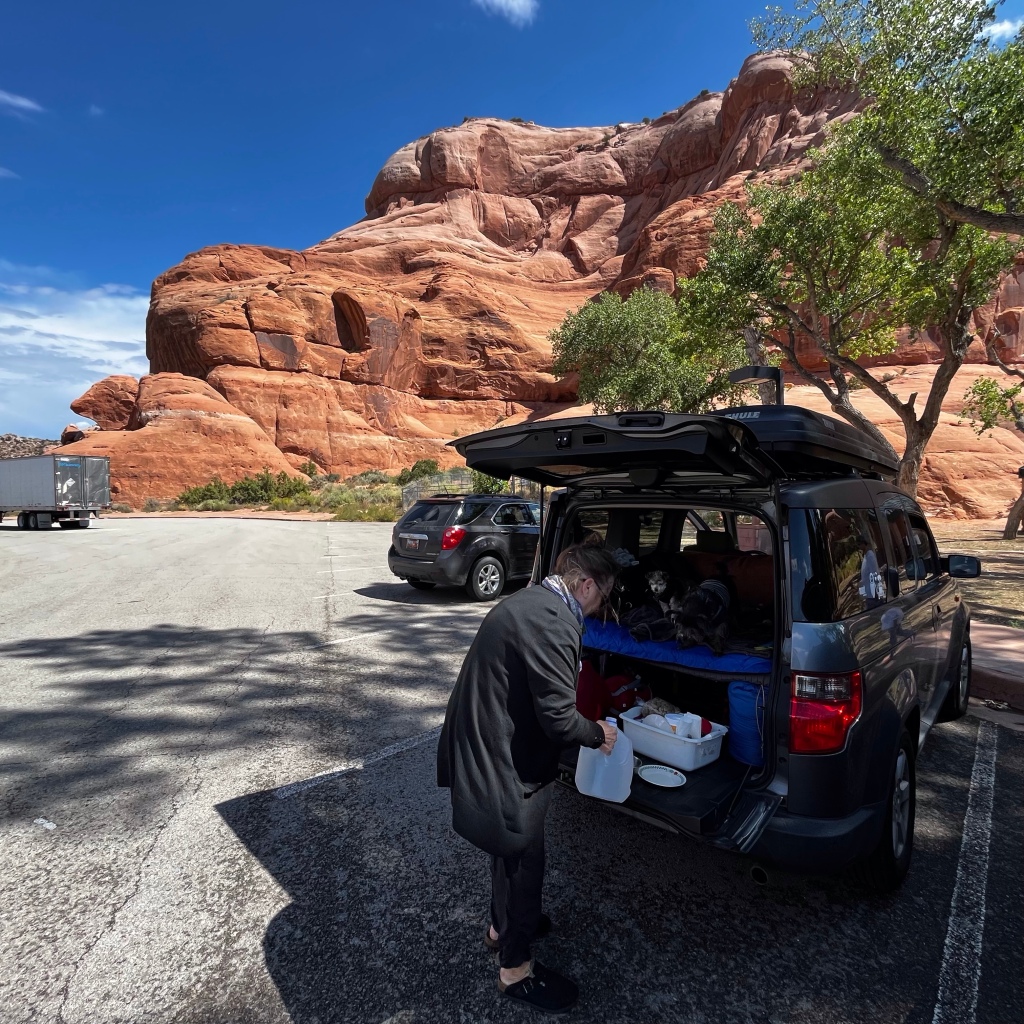
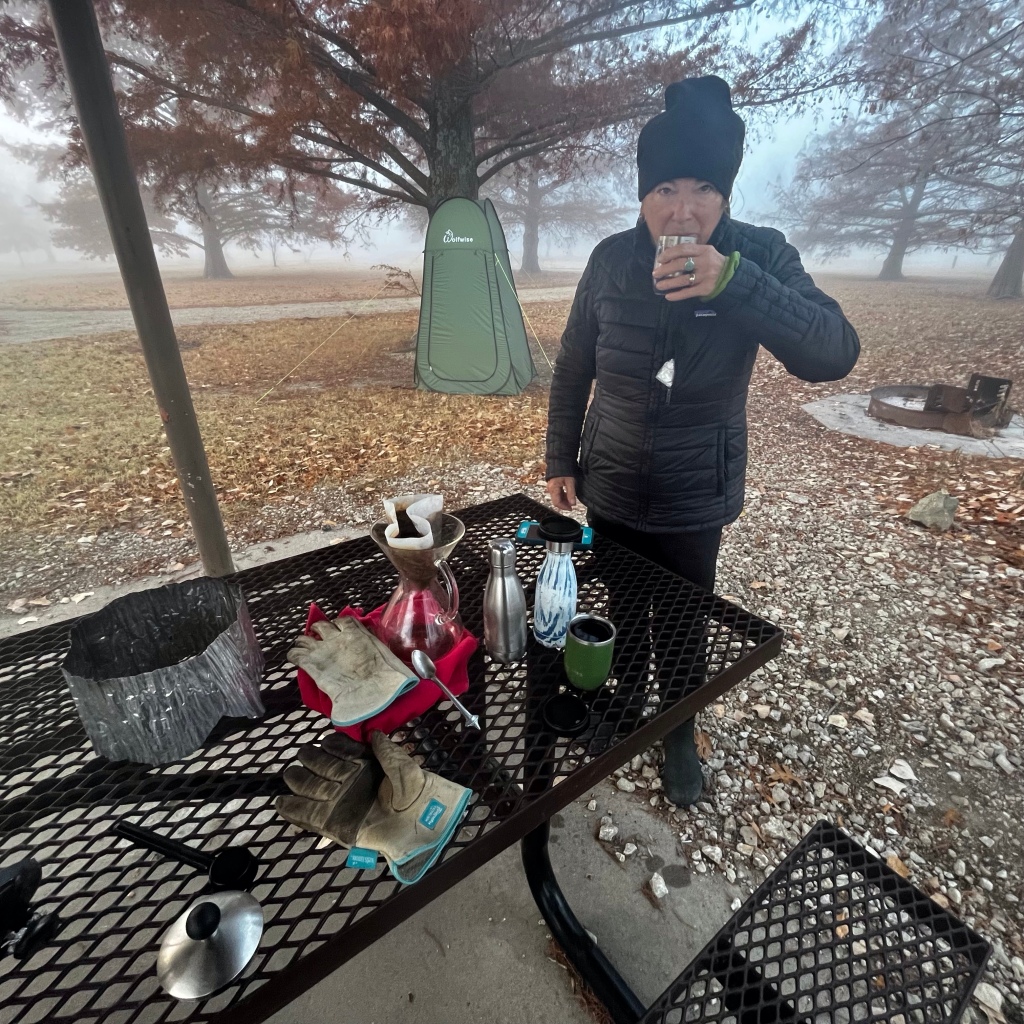
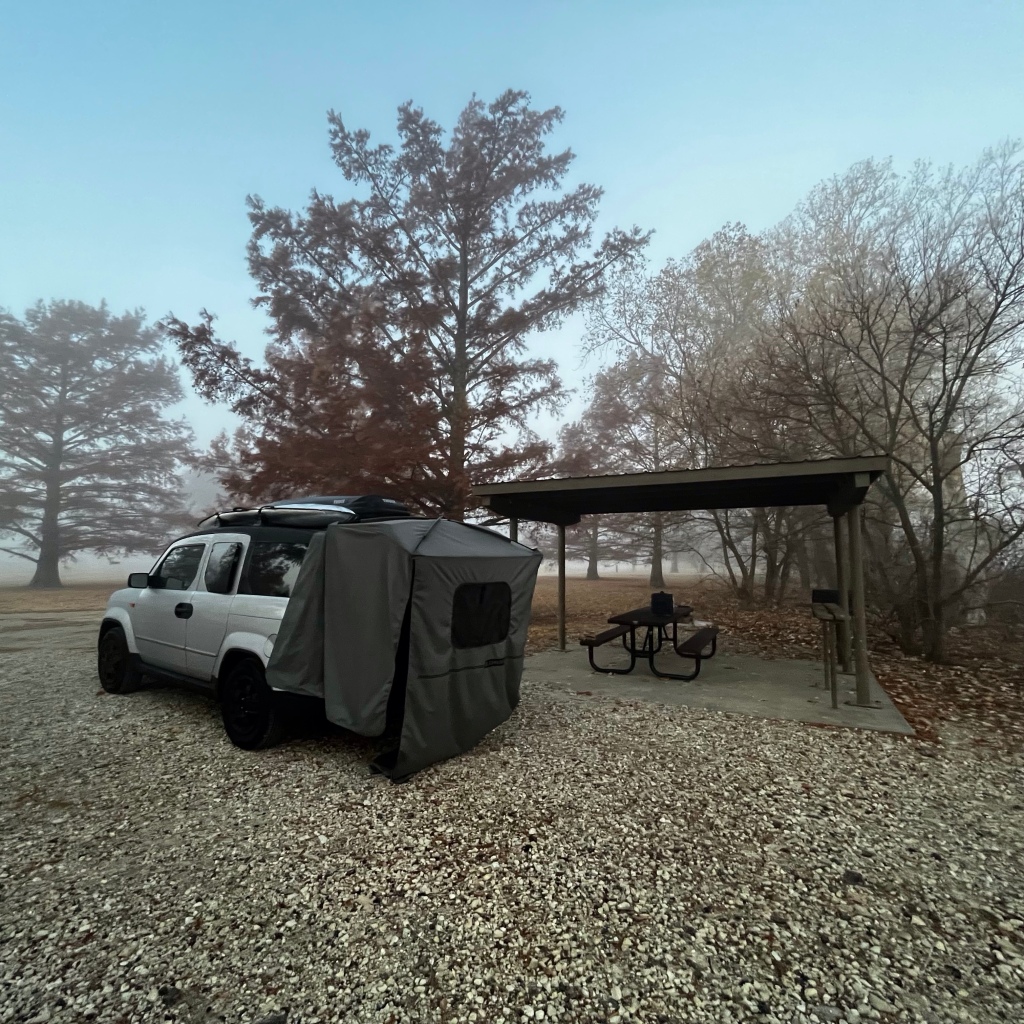
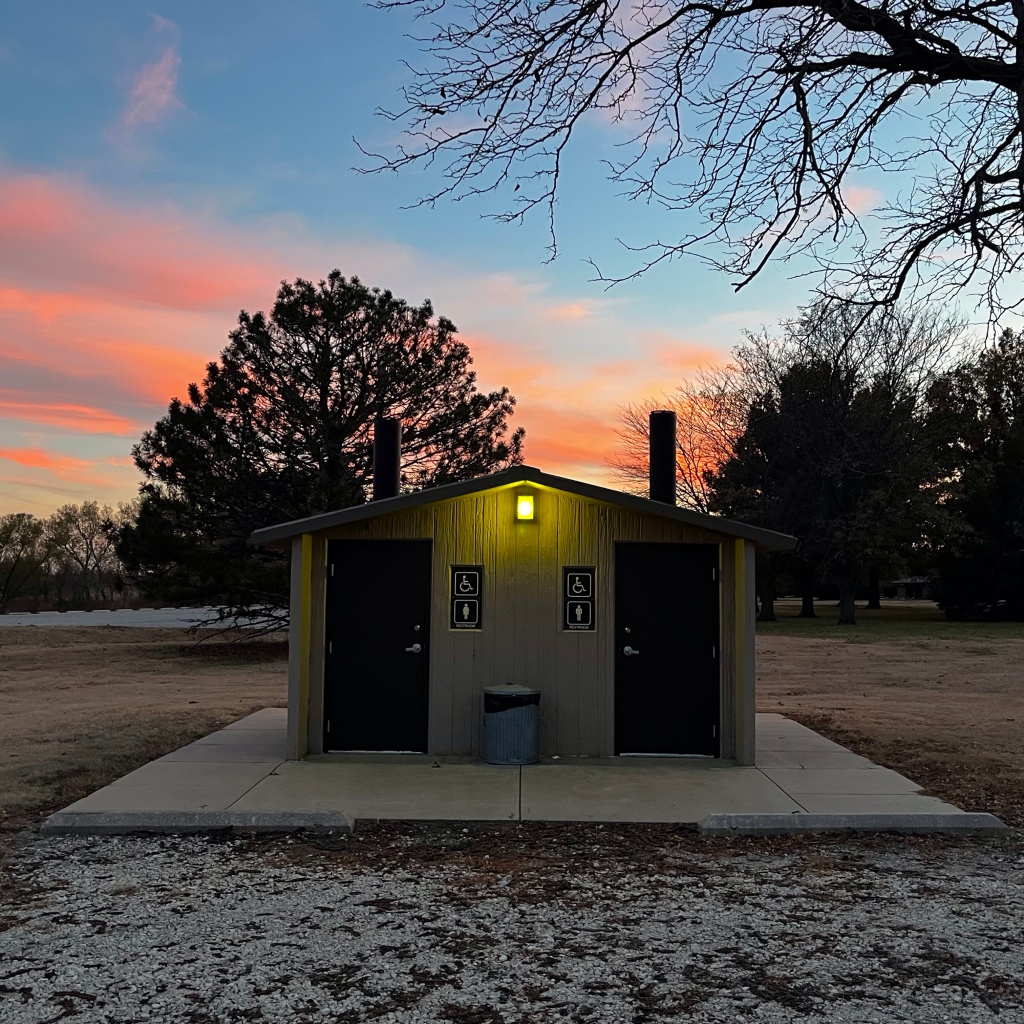
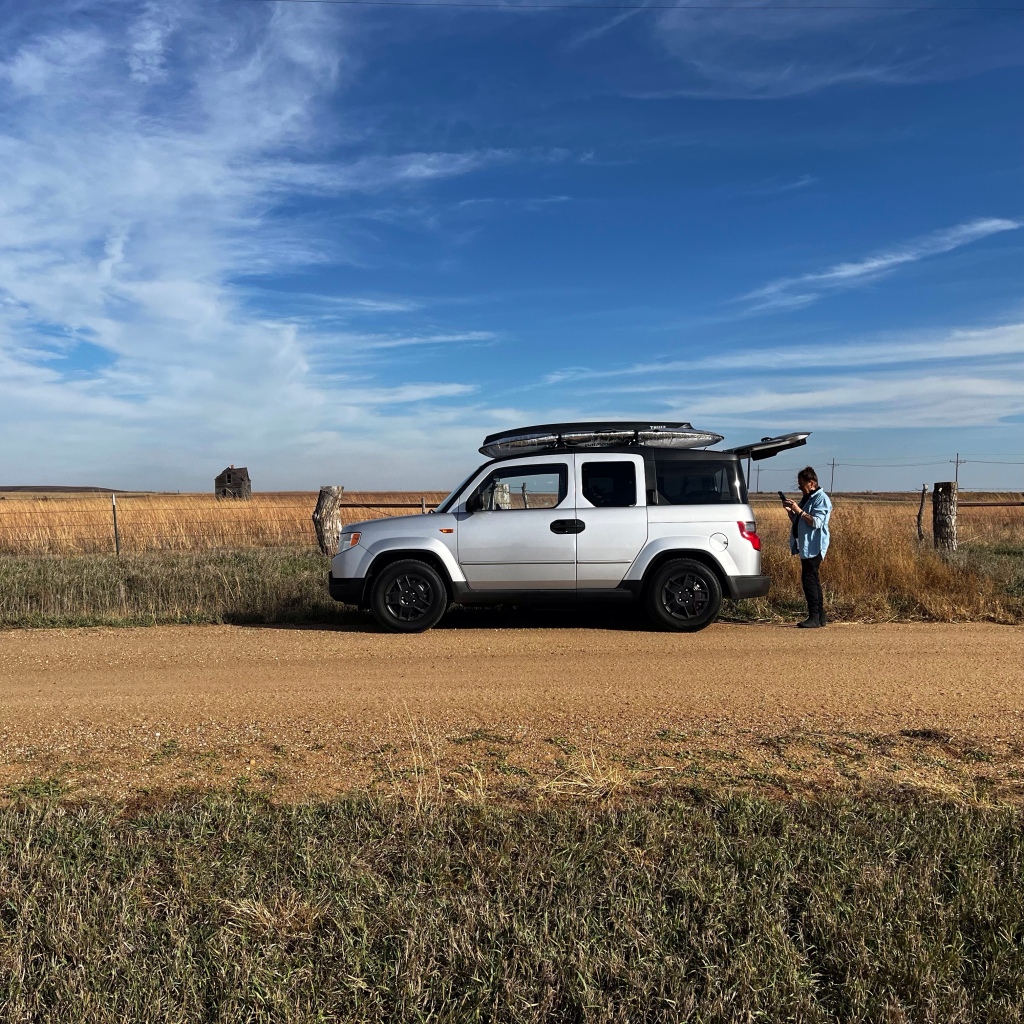
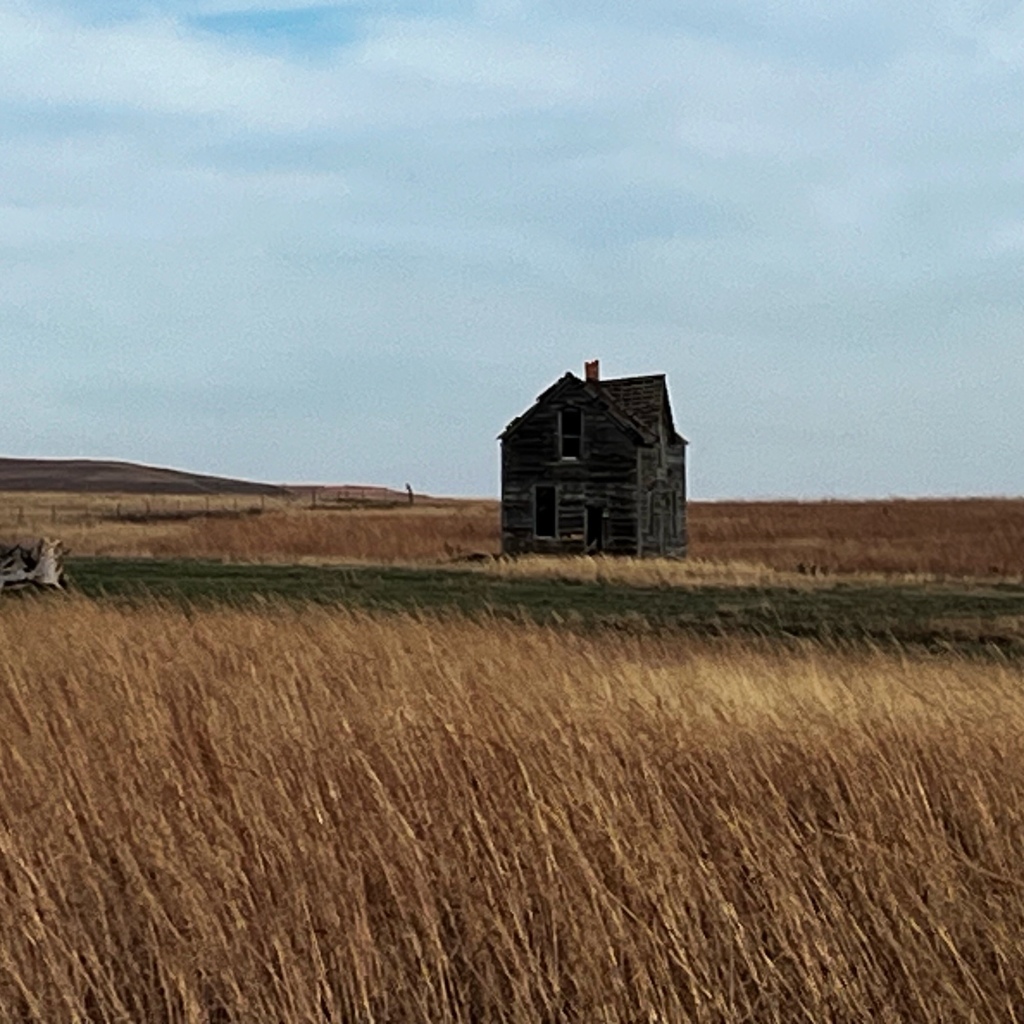
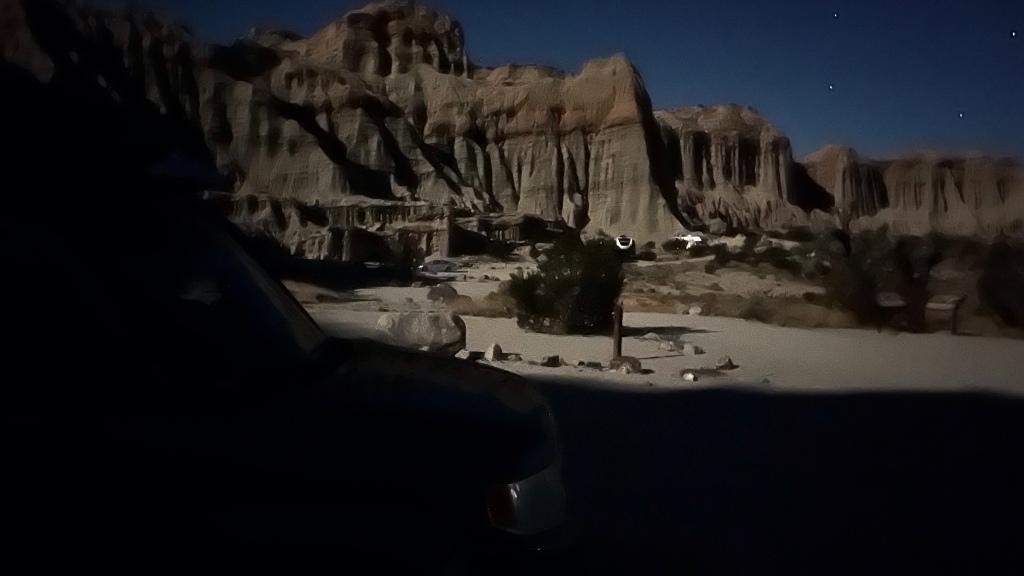
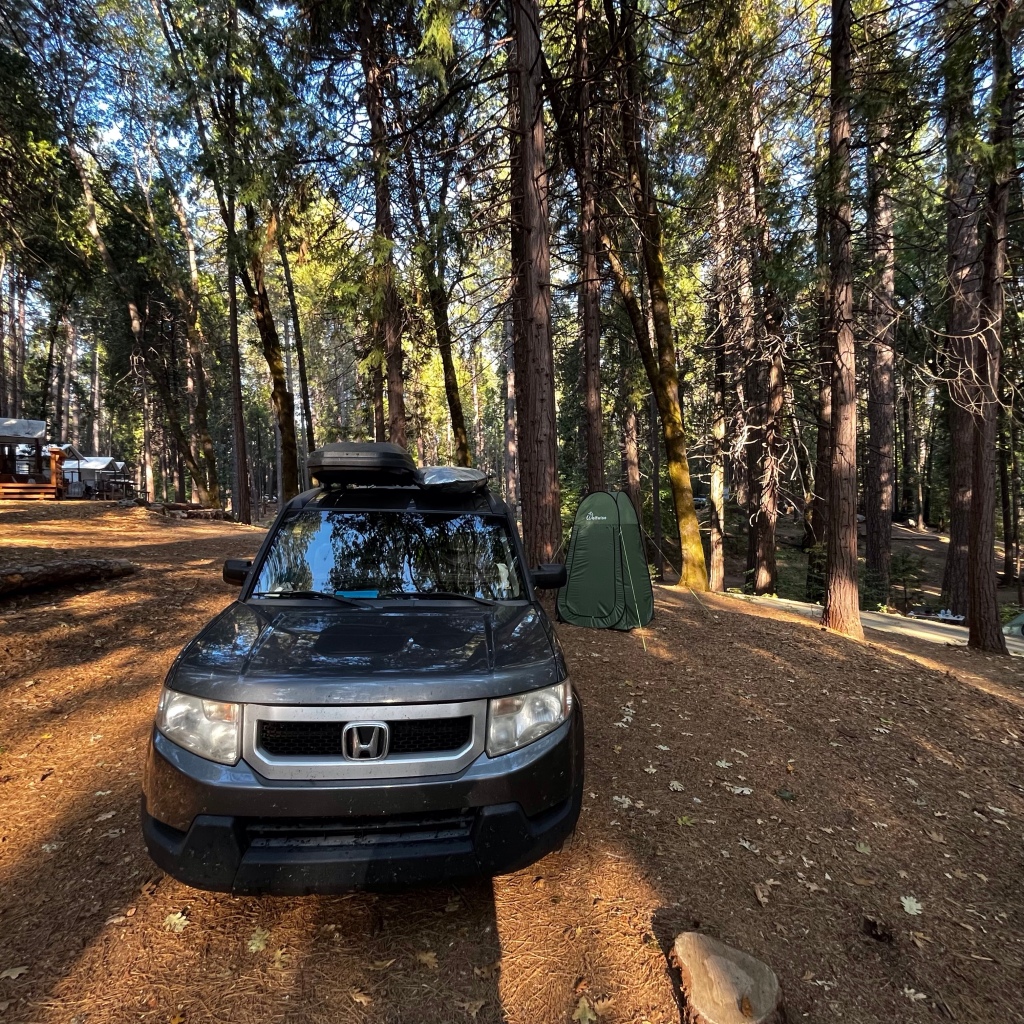
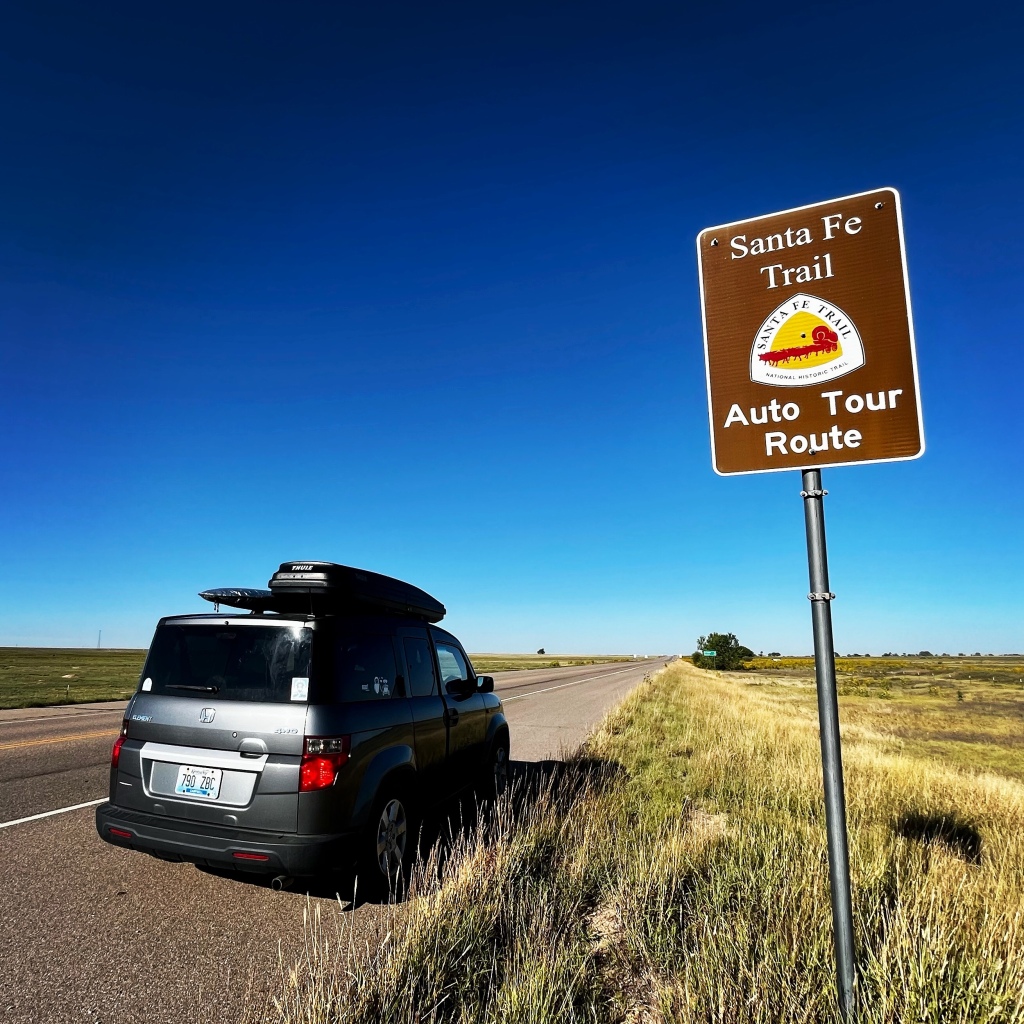
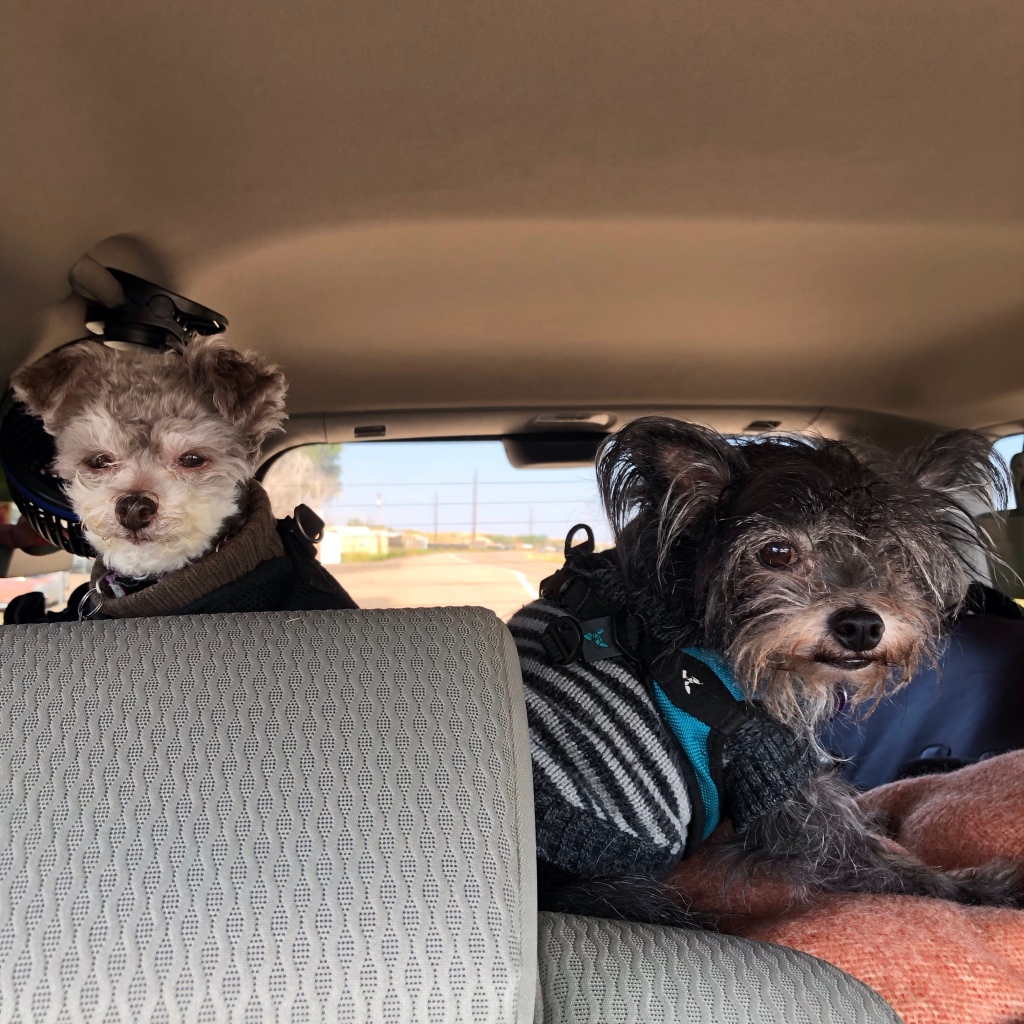
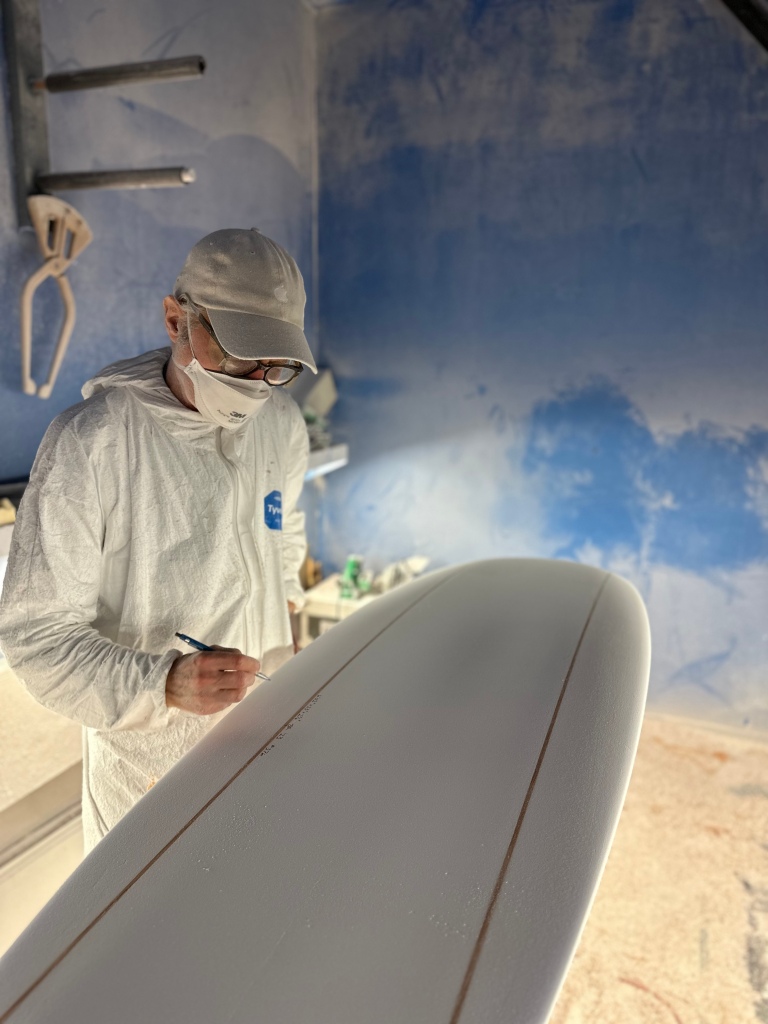
Broke the ice yesterday with an 8’07” garbage picker. Looking forward to a long busy stay in San Diego, using the room at G&S, and having Custom Surf Glass finish my shapes. It’s always a pleasure being there and soaking up all of the history and knowledge.
#mastsurfboards #sandiegohandshaper #customsurfglass #birdssurfshed #gregsurfcompany #hullsurfboard #hillbillyhull #hph #simmons
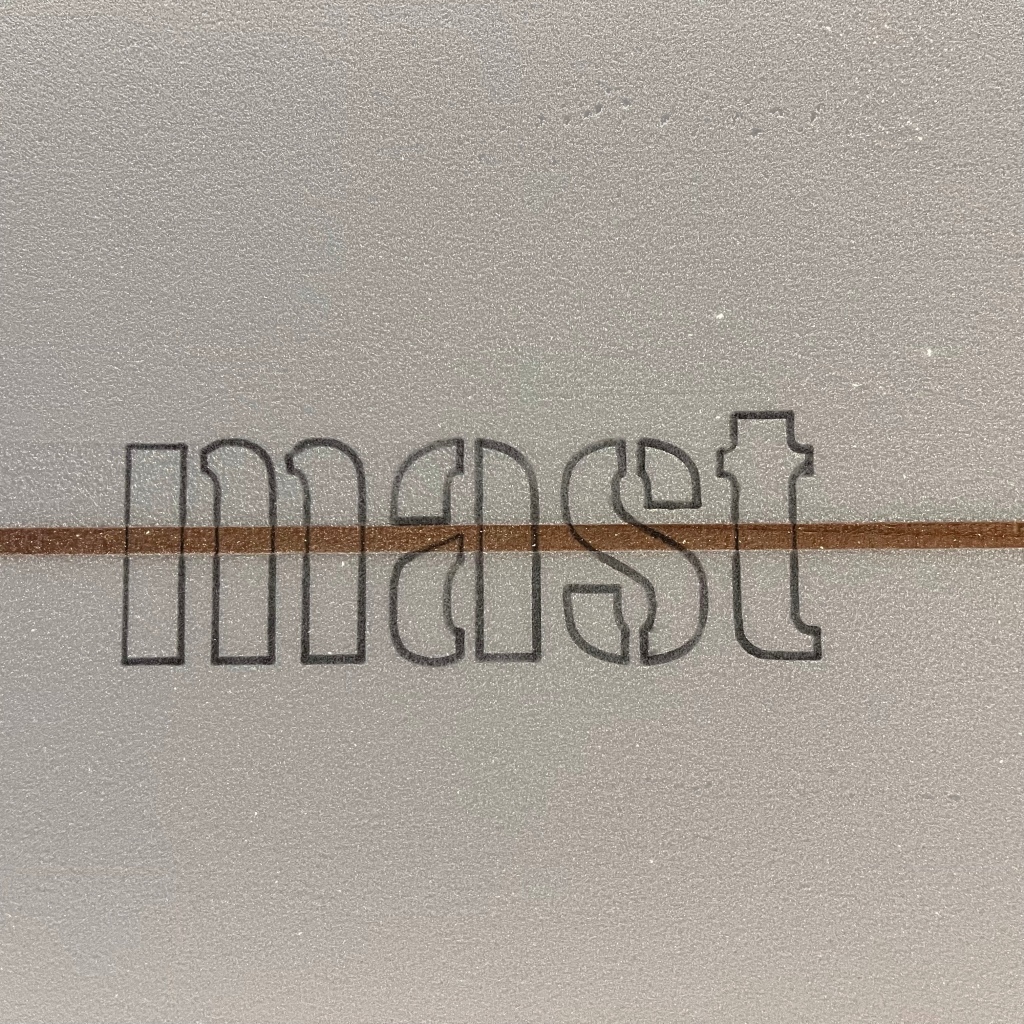
Happy to have had a successful trip, and now back and settling in. Eighteen shapes in about 21 days. A long commute and fitting in between a busy shaping room schedule made it feel like a lot, but with the help of Debbie and Eric Gordon, and the entire crew at Custom Surf Glass/G&S, I was able to complete everything I had orders for and a few for stock. Check out Bird’s Surf Shed, and Pastel Surf Shop for new mast surfboards in the near future. Thanks go out to my local friends who ordered boards, as well as Greg Surf Company in Osaka, who has supported me for several years. Also gratitude for my new friends from Tokyo. Stay tuned for new developments there.
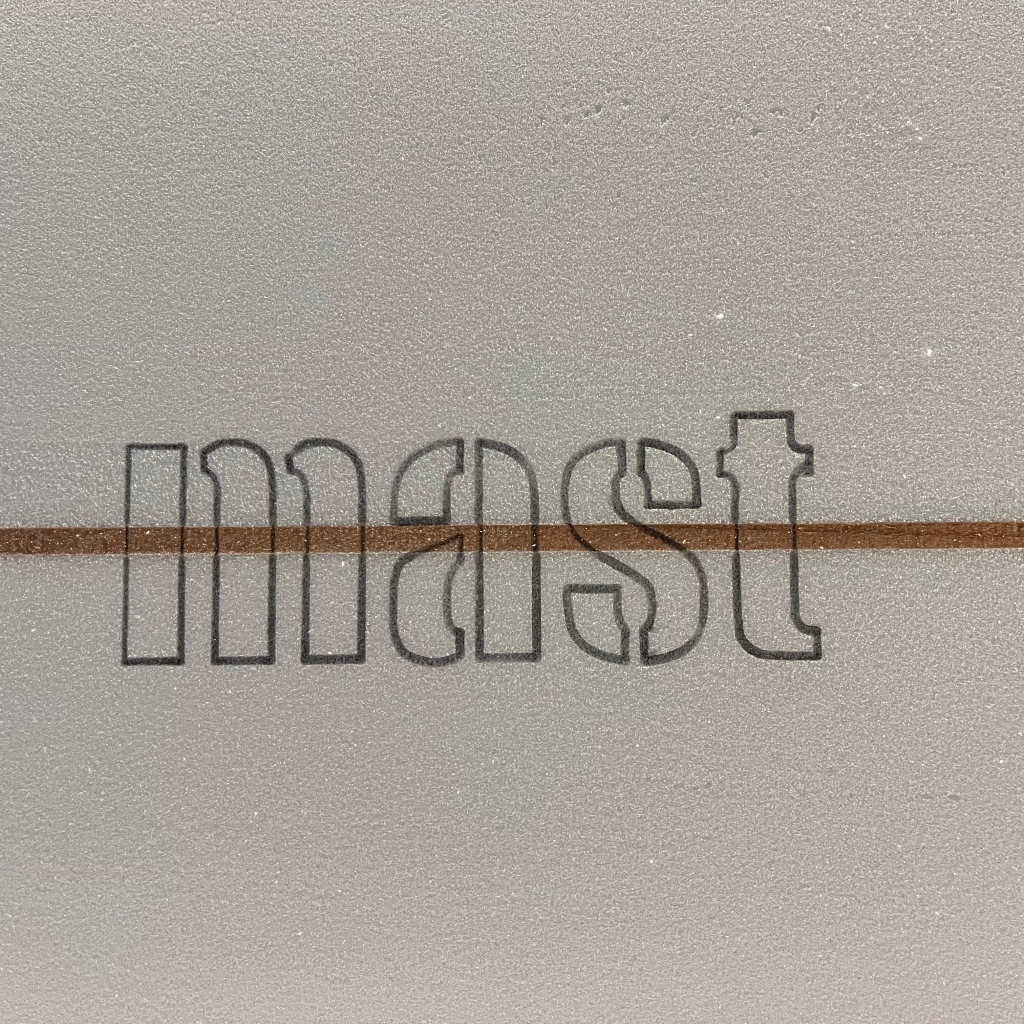
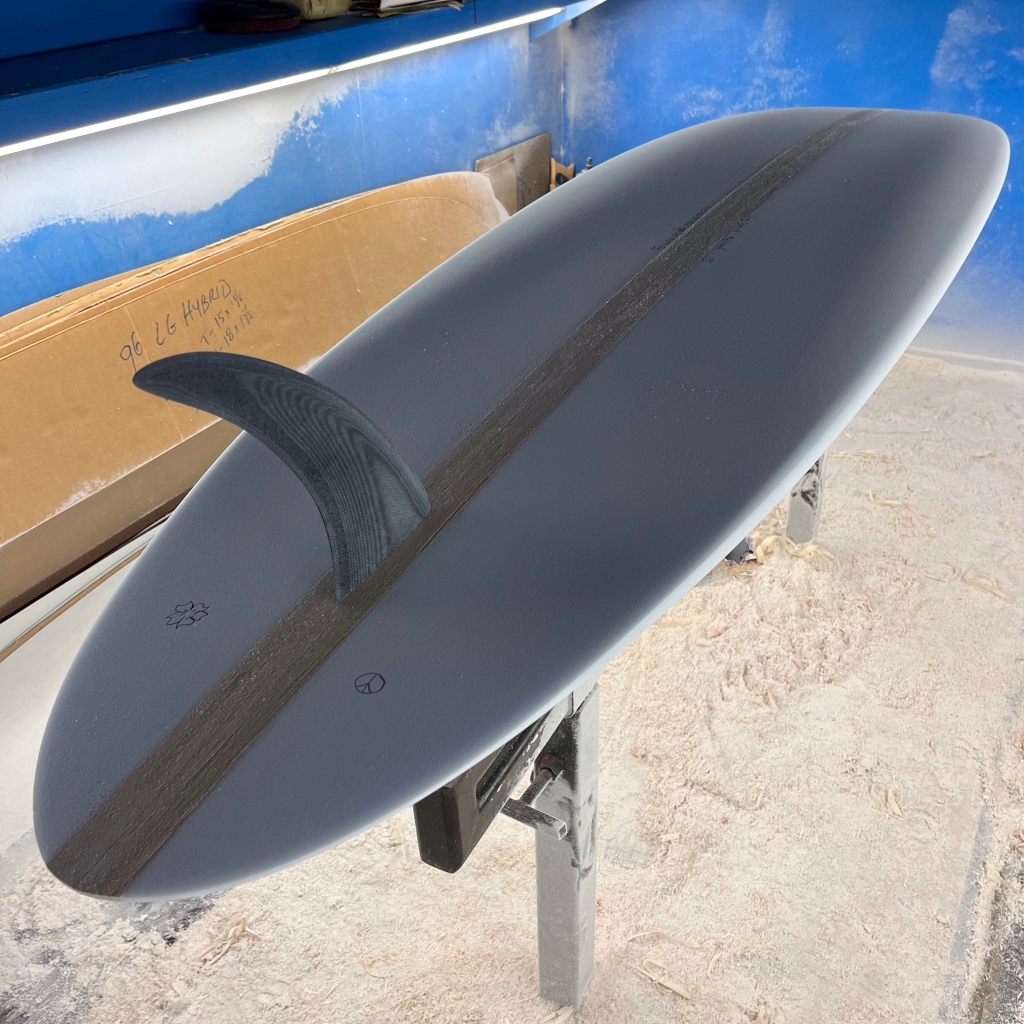

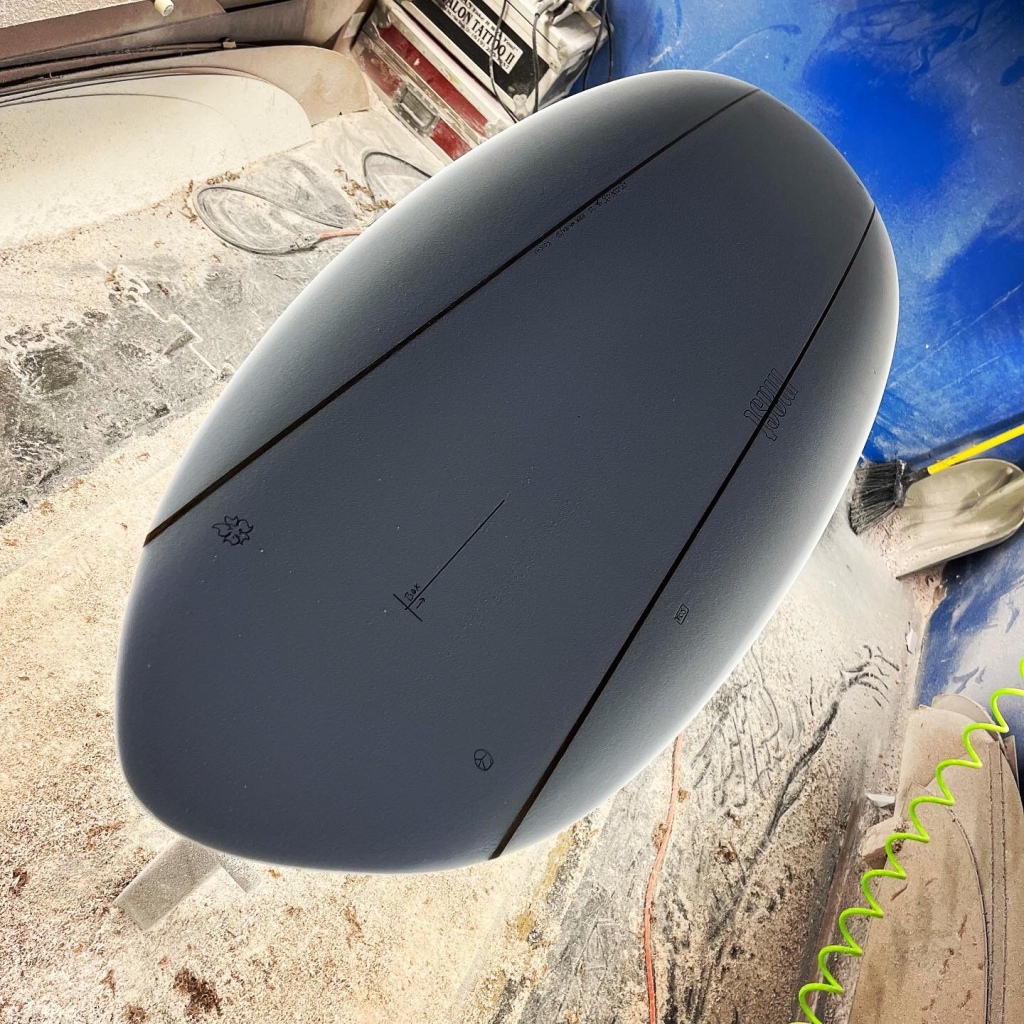
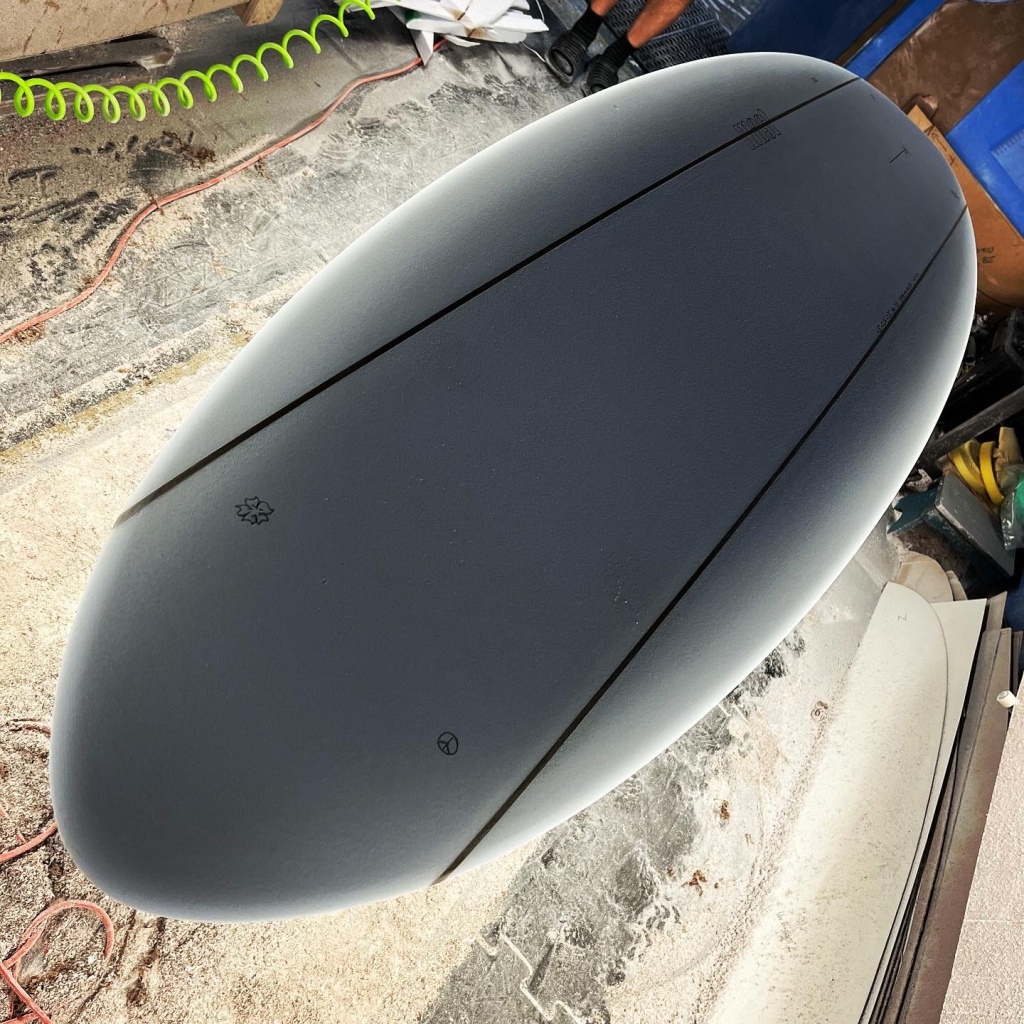
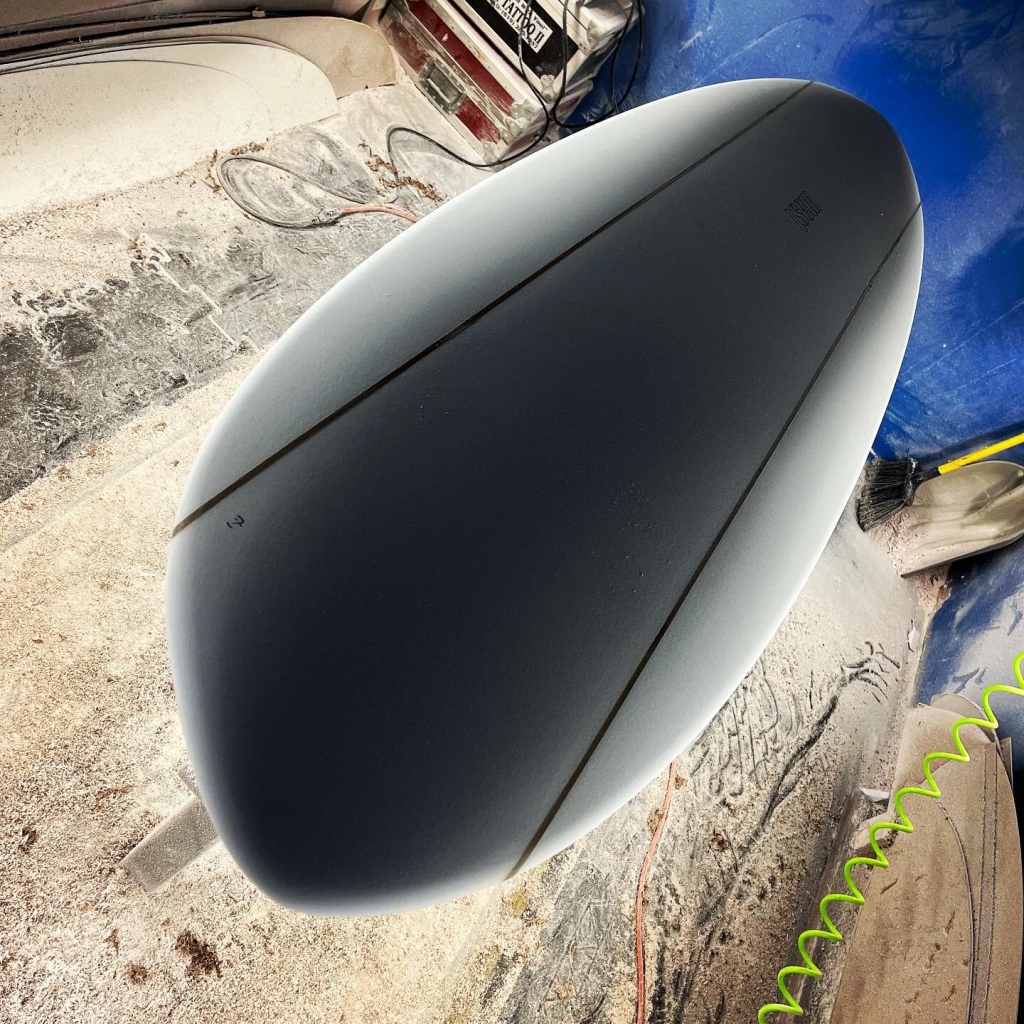

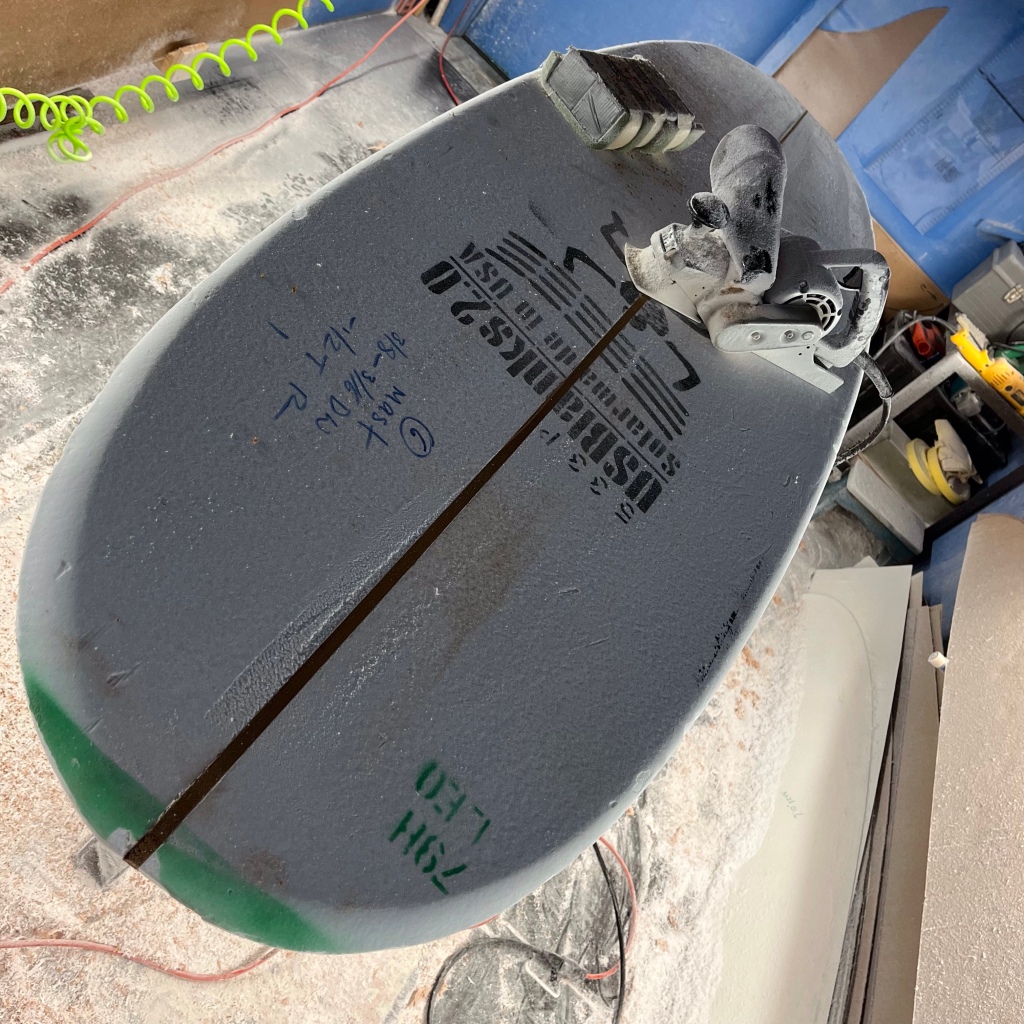
mast EDB (every day board)
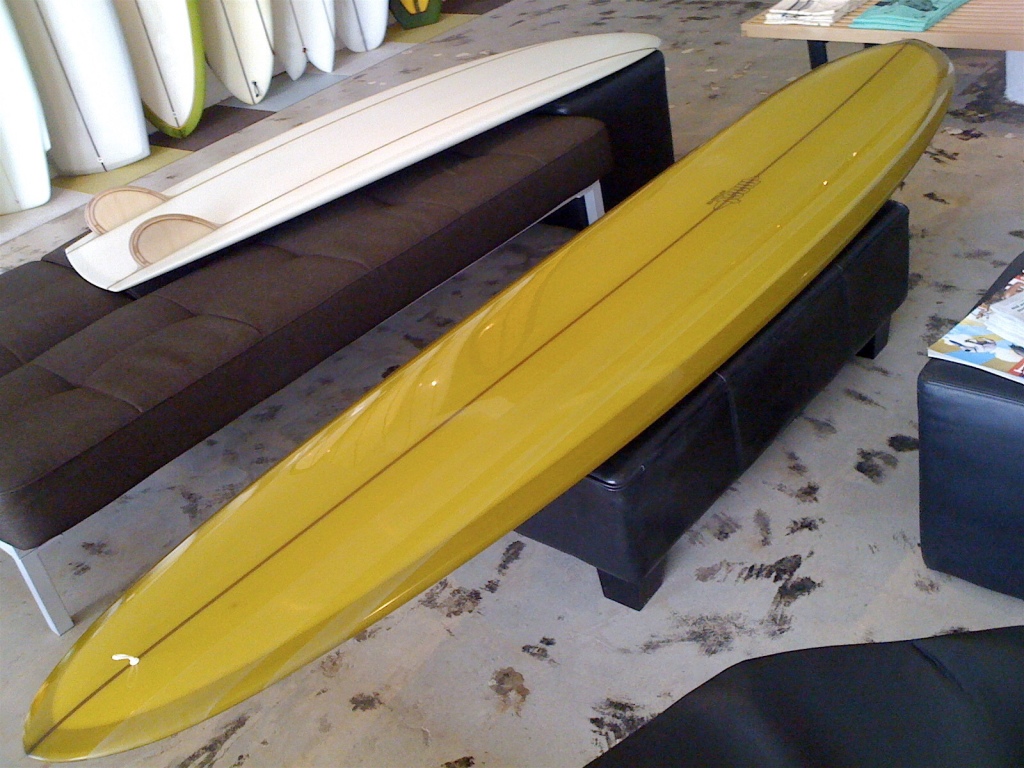
The second board I ever shaped was 9’01”, and became one of my most popular design threads, the EDB, or every day board. I based it on several boards I had been surfing and studying, including what I believe was a Slingerland shaped Caster branded 9’02”, and the boards that Larry Gordon was still providing to friends at Tourmaline. None of the boards that appealed to me would be considered “logs”, but in my mind were evolved single fin designs in the nine foot range. The templates were middle of the road, understated yet elegant. I then mixed in a bit of the Frye-ish bottom contours that Tom Connelly had so generously opened my eyes to. In fact, all of the older crowd at Tourmaline, including Larry Gordon, Black Mac, Bud Caldwell, etc. were supremely generous with their knowledge and aloha spirit. The fact is, that I was really just trying to shape a board for myself, for that particular spot (and more generally San Diego). I also could not afford a quiver at the time, so I needed a board that would work for me every day in the relatively mellow conditions I still prefer. So the EDB.
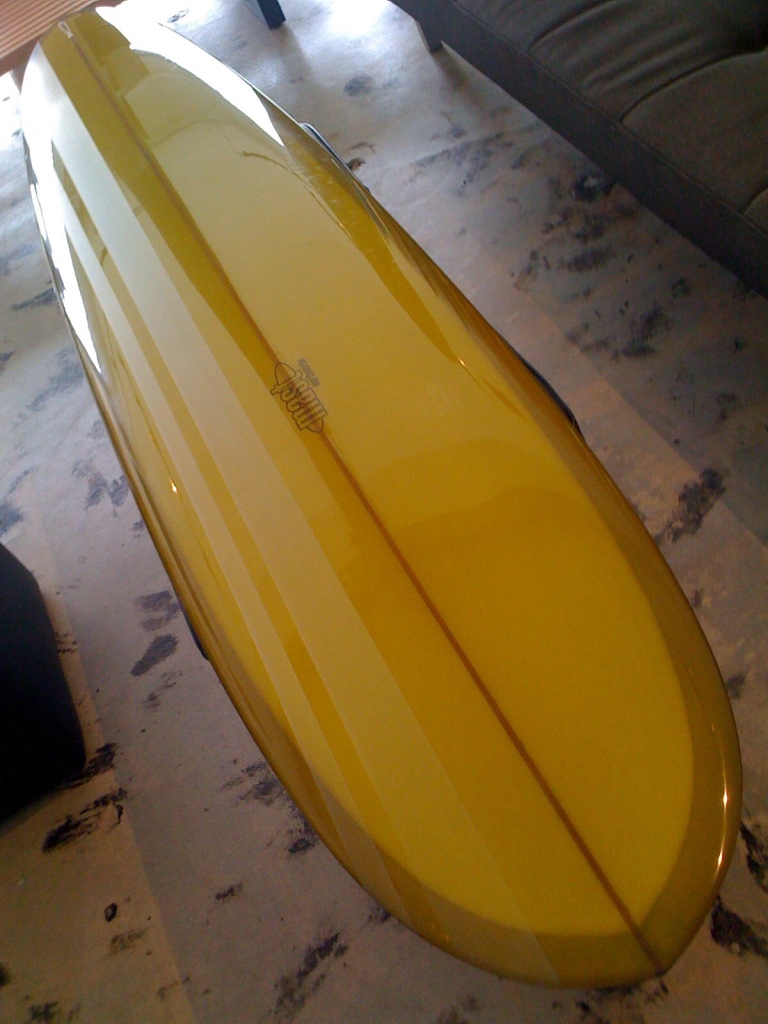
The first EDBs were diamond tail, for no other reason than they looked cool, and kind of split the difference between square and round pin. I went on to offer everything from diamond tails to round pin winter versions, eventually settling into a thumb type round squash stolen from a Frye Thinman owned by Island Mike that I had been admiring.
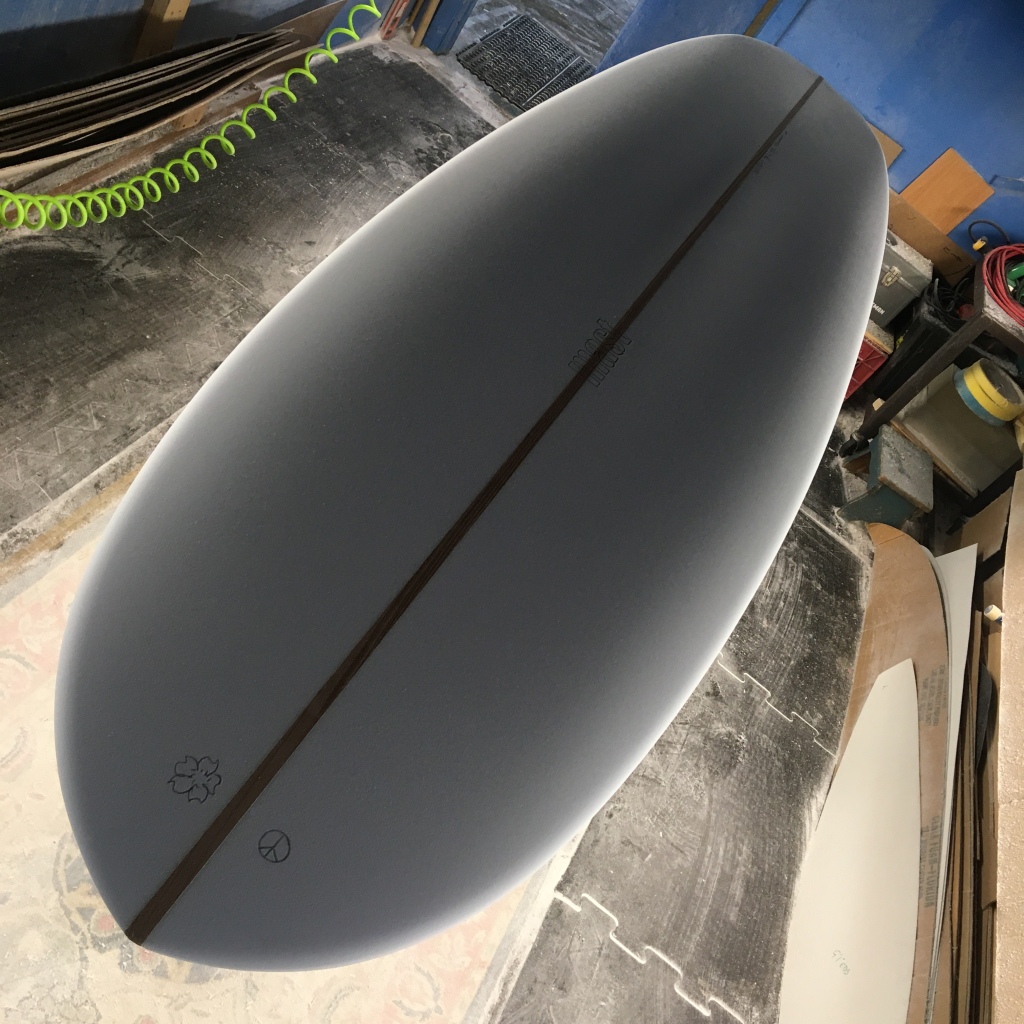
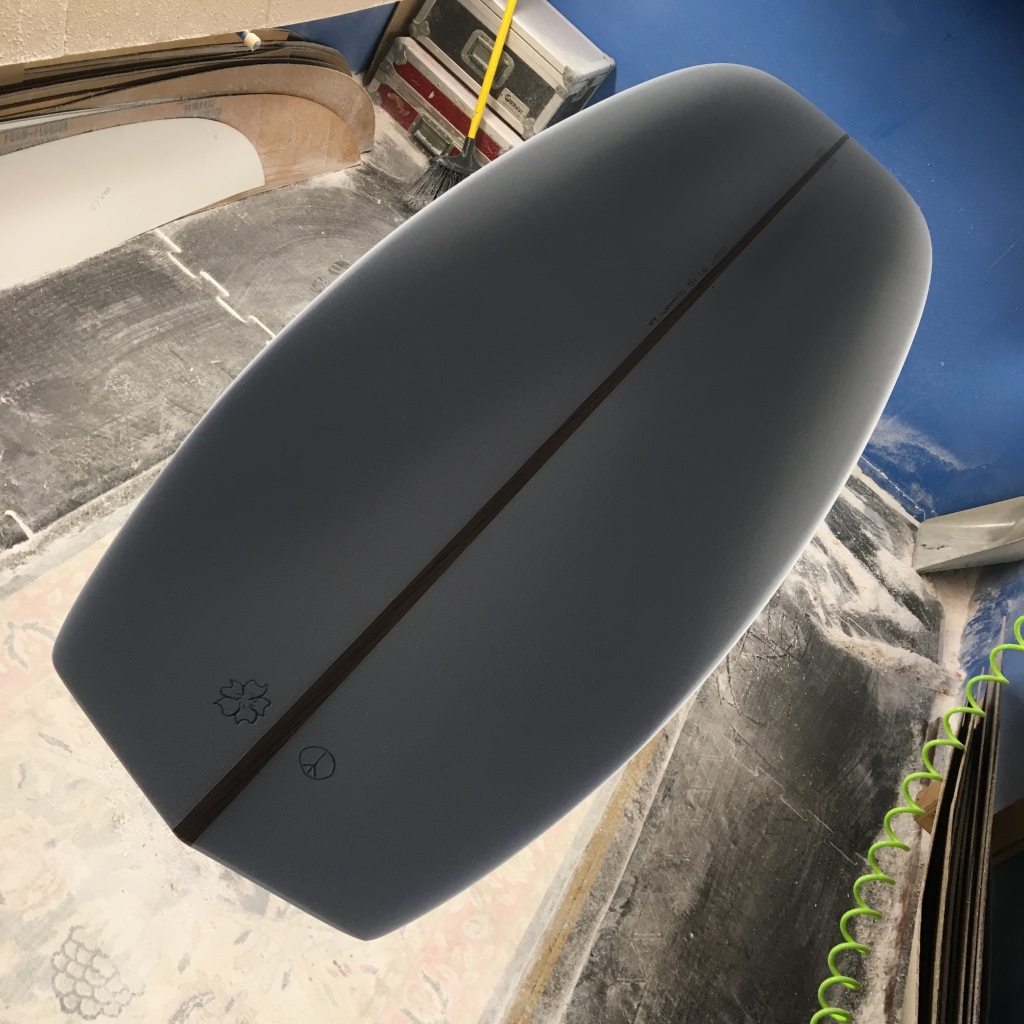
Most recently, I did a diamond tail, his second, for my friend Aaron at Pastel Surf Co. He requested that I push the tail width out a bit. Feedback from him may lead me to push the tail out on a more regular basis. The exception would of course be for the more winter oriented versions.
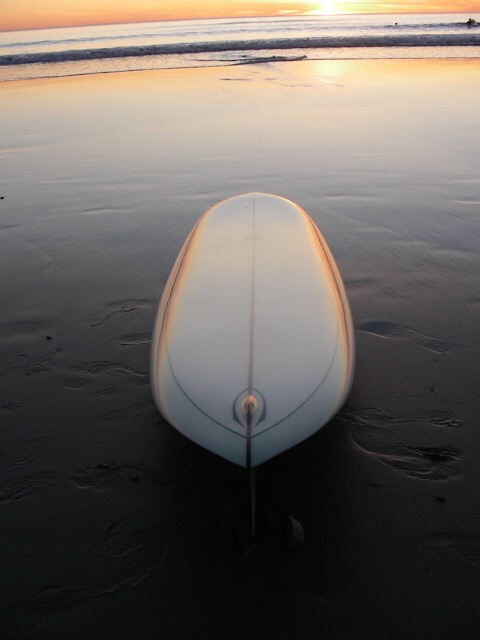

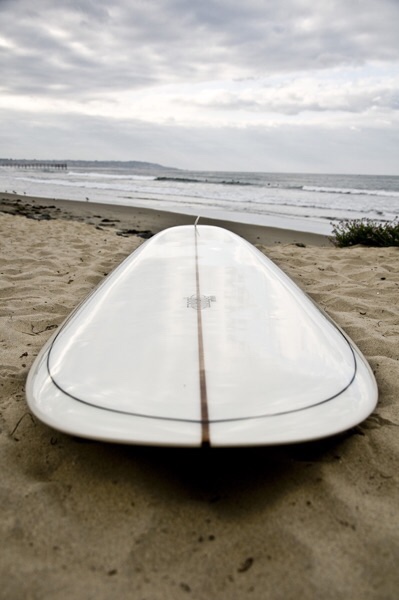
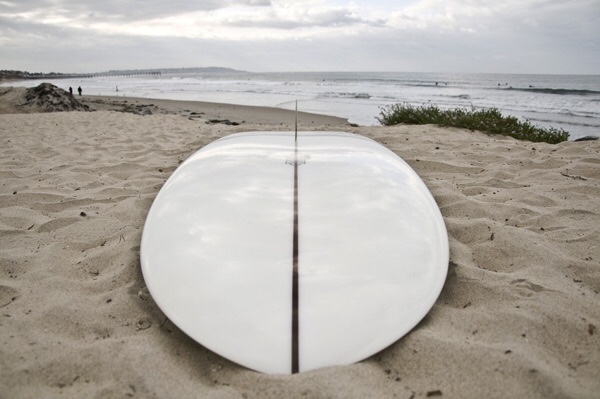
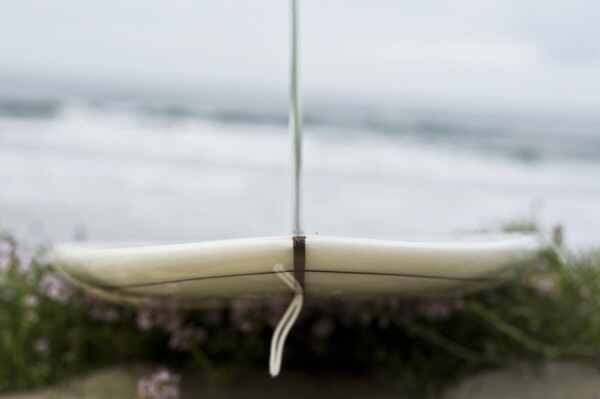
Either way, the EDB (every day board) is my effort to provide a decent “surfboard”, not a longboard, not a shortboard, just a surfboard.I feel like the EDB fits in with where surfboards were heading before the shortboard revolution. A board that feels like the right choice in a variety of conditions from big Cliffs to small Tourmaline.
Thanks for looking.
mast HPH (hydrodynamic planing hull)
It was at one of the very first Sacred Craft Shows, now billed as the Boardroom Show, that I got eyeballs and hands on a Joe Bauguess mini-Simmons. Maybe it was Casper, not sure, but I can remember asking the guy in the booth if it actually worked. “Oh yeah!” was his response. I was thoroughly intrigued. It was so not smooth, not sleek, not sexy. How could it be that it worked as well as the guy said? Well, science, that’s how. I had done some reading on Bob Simmons and even a bit on Lindsay Lord, the author of “Naval Architecture of Planing Hulls”, the book Simmons was know to reference and study in his quest to produce a better surfboard in the late ‘40s/early ‘50s. I dove back into researching as much as I could find about Bob Simmons and his boards, and eventually read through the pertinent parts of Lord’s book.
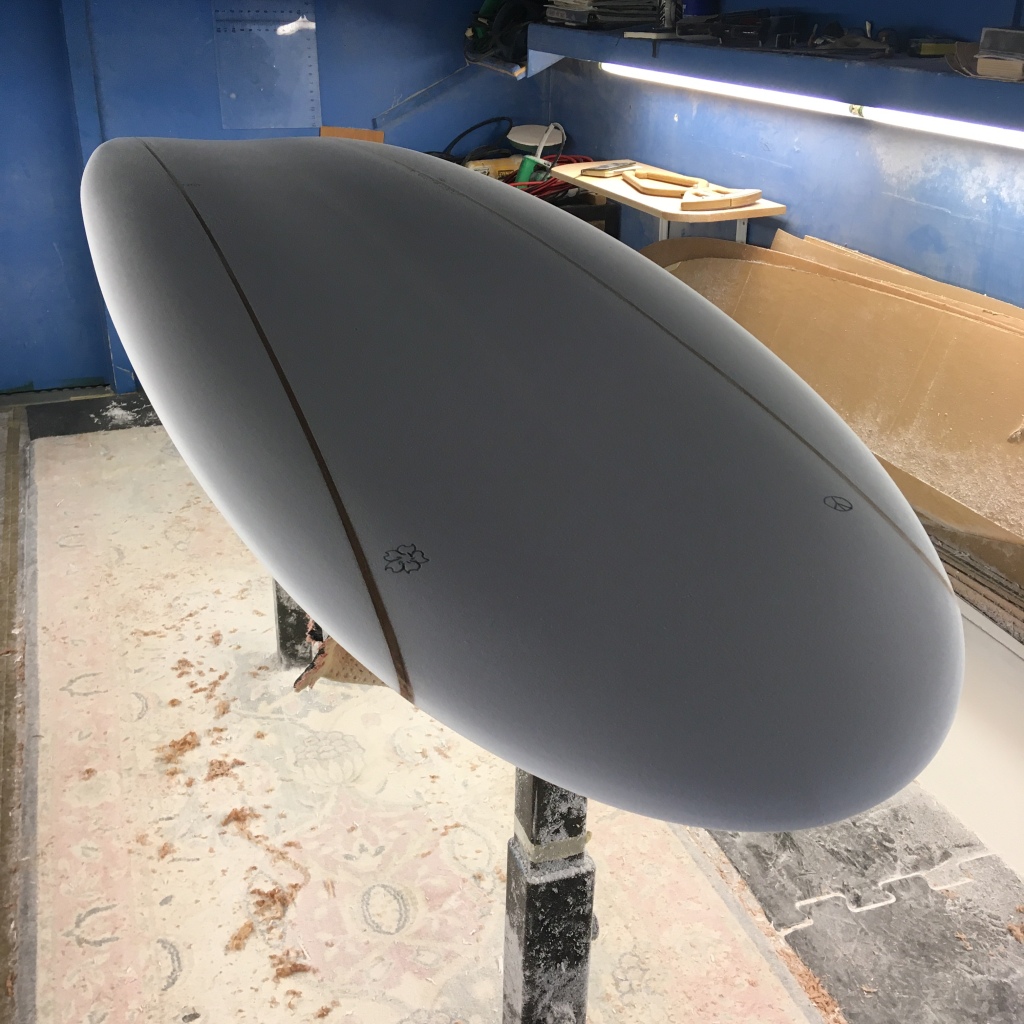
While the mini-Simmons I saw looked to me like a traditional(ish) plan shape, the rails and bottom seemed more modern. After seeing a photo of a beautiful full length Simmons, with the incredible amount of belly forward and deep single concave throughout, I decided to try a board with more traditional (to Simmons) bottom and rail contours, in a mid size that someone of my age and surfing ability might actually be able to surf. I basically took the front end of one of my earliest templates, a 7’6” fun shape, cut the tail off, and did minimal adjustments. The once center wide point became the hips, decidedly aft of center. The tail block, which I have since arced a bit, is roughly 16”.
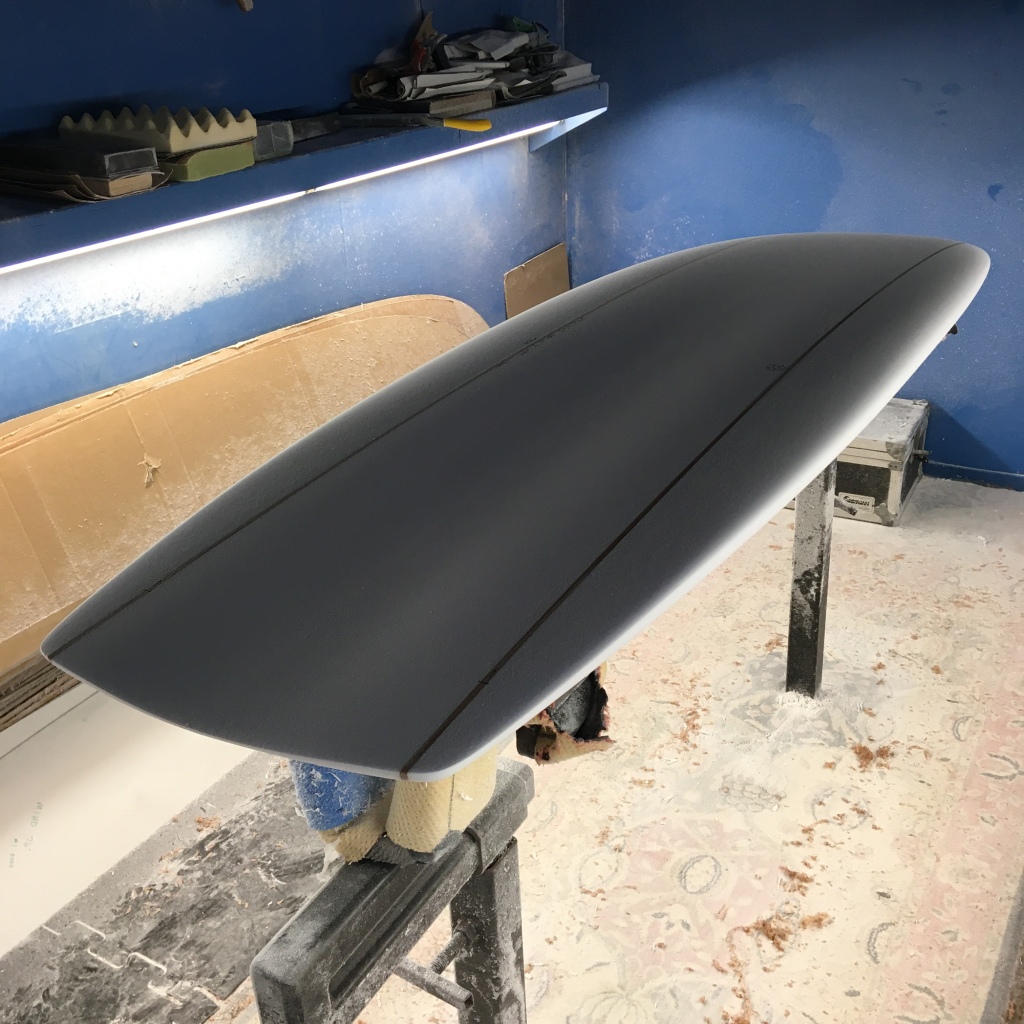
The Lindsay Lord book gives a great description of the theory and tested reality of the design elements of the most efficient planing hull (on smooth water). The belly forward provides primary lift and displacement. The water then has no choice but to follow the smooth contours around the belly and to a significant extent, into the single concave, providing secondary lift. It is then coerced into flowing on out the back. The keels provide added directional stability. It all gets a little wanky when you consider the less than parallel water flow across the bottom of a board actually going down the line on a wave, but it all still works splendidly.

My first HPH (hydrodynamic planing hull; aka the thumb, aka mid-Simmons, aka lima bean), came in at roughly 6’7”x22 1/2”x2 3/4”. To my surprise, it was incredibly easy to surf. While you could not glide into soft wave on the outside like a longboard, it totally kept up with boards up to eight-something feet long. There’s a lot of foam in that tail, and it picks up small to mid-size waves nicely. So many people that I let try it ordered one, so it became one of my regular model threads. It evolved into two threads; a “speedster” version with slightly subdued contours, and the more original “lima bean” curvy original. Interestingly, the original, while feeling extra fast and dynamic in small surf, ended up having a speed limit, I believe dictated by the extent of the contours (and there is a LOT of curve in the bottom). The speedster version, with its milder contours and edgier rails, had the same dynamics, but it spread them over a longer distance/arc. The speed limit was raised considerably while retaining the fundamental character of the design, which to me was that if you stepped forward, it acted like a hull, but you could still step back and surf from the tail in the manner of a fish. When you pressed your weight down on the deck a the bottom turn, you could actually feel the water flowing out the back, accelerating.
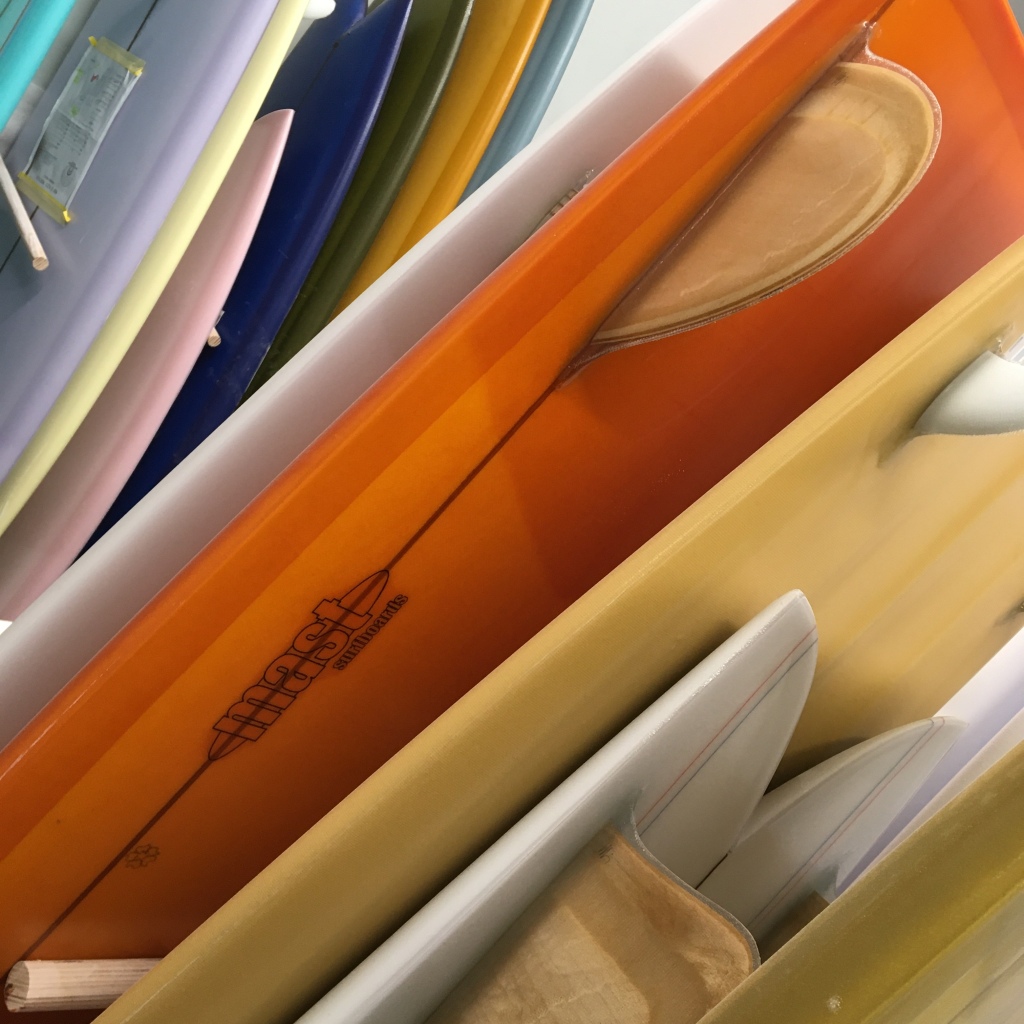
Over the years I have done them down to about 6’0”, and as long as 10’, but I really like the mid length. It just surfs way longer than its length would indicate. A good friend of mine, who typically surfed ten foot noseriders and longer Fryes, gave it a go one morning. He was close to my age (fifty something at the time), shorter and significantly heavier than me. He truly did not hold out a lot of hope for it, but popped up on his first attempt. At 6’07” it was the shortest board he had ever successfully ridden and was stoked out of his mind.
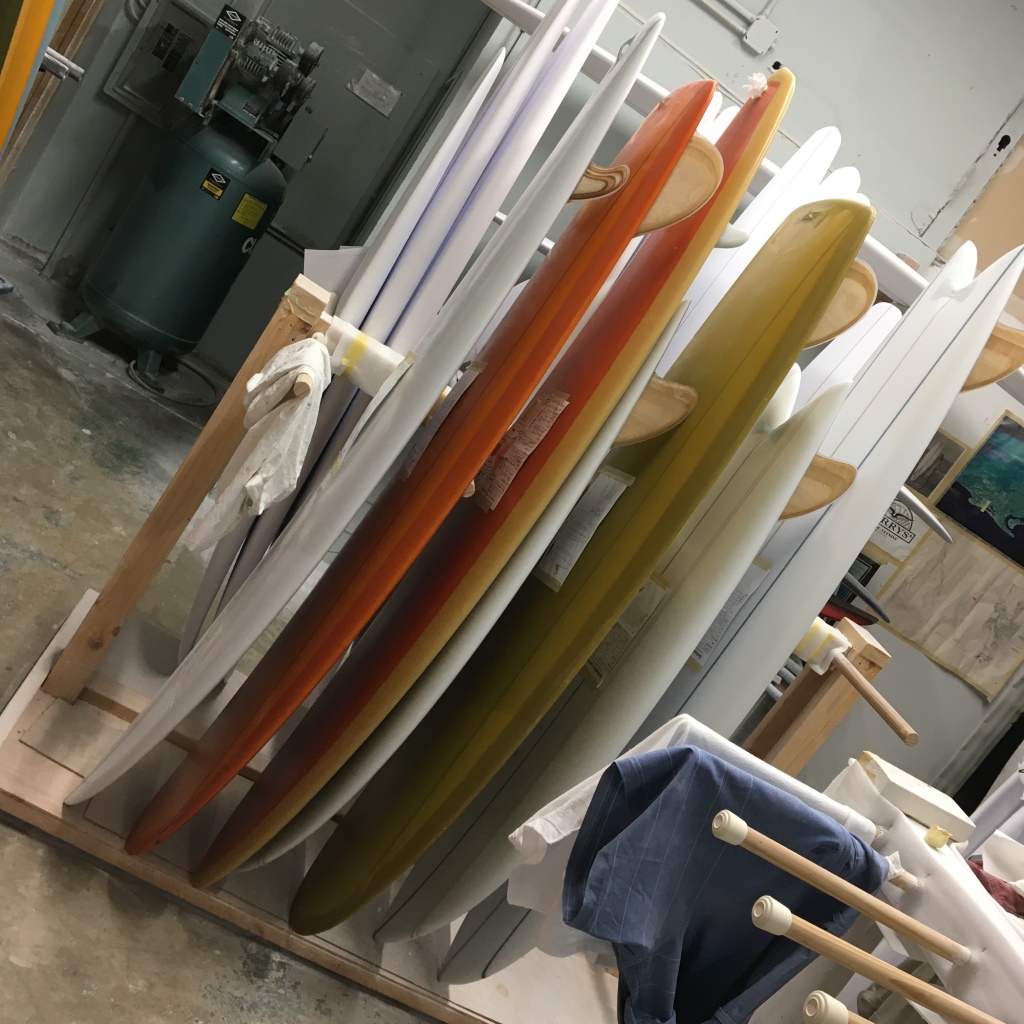
I success of my version entirely to my adherence to the original Lords concept. It just flat out works, even if my mid-size version does stretch the original length to width ratio a bit. The amount of planing surface/foam in the tail keeps it up and on plane even in the most gutless surf, although the same attribute can make it a bit of a handful in surf much overhead. That’s my comfort range anyway.
I you catch me at the beach, hit me up. If I have one with me, you are more than welcome to give it a go. It might surprise you.

Things are starting to line up for shaping in the Spring. Covid has certainly put everyone through the ringer, but getting back into a regular (ish) schedule has been an ongoing priority. I have been fortunate to have a list of very loyal surfers who continue to support my little label, and I want to thank you all. #mastsurfboards #stevenmast #customsurfglass #gregsurfcompany #birdssurfshed #mitchsnorth

Well, the Fall trip is done. The factories have been at or beyond capacity for at least a year. Covid seems to have revved up demand for , among other things; liquor, guitars, and surfboards.
I did not have the good fortune to know, until well into my trip, if I would even have use of a shaping bay, and more importantly, space in the factories production schedule. Over the summer, everyone I spoke to or heard about, was way behind schedule. Not a little backed up either. Folks were from dozens to hundreds of boards behind. A lot of things added up to cause the surge in demand, but the bottom line was that I had no guarantee of getting any boards through when I left for my trip, which had been planned since Spring.

Fortunately, the good folks at G&S/Custom Surf Glass, Debbie, Eric, etc. shoehorned me into their busy schedule, and I was able to a few shifts a week of open shaping bay time. Unfortunately, it was not enough, during my limited time in San Diego, to get nearly as many boards through as I wanted to. I have a list of patient and loyal surfers who have hung with me through the Covid era, but the first three contacts filled up my planned available time. Add in another friendly order from Greg Surf Company in Osaka (thank you Masa), and another friend or two, and I was busier than a dog scratchin’ fleas.

I apologize to those on my list, who I was not able to take care of, but another trip is in the works for the near future, and I will be contacting everyone again soon. With luck, I will be able to plan sufficient time to get everything done. In the meantime, we’re doing our thing here in Newport, enjoying the season, family, and friends.
